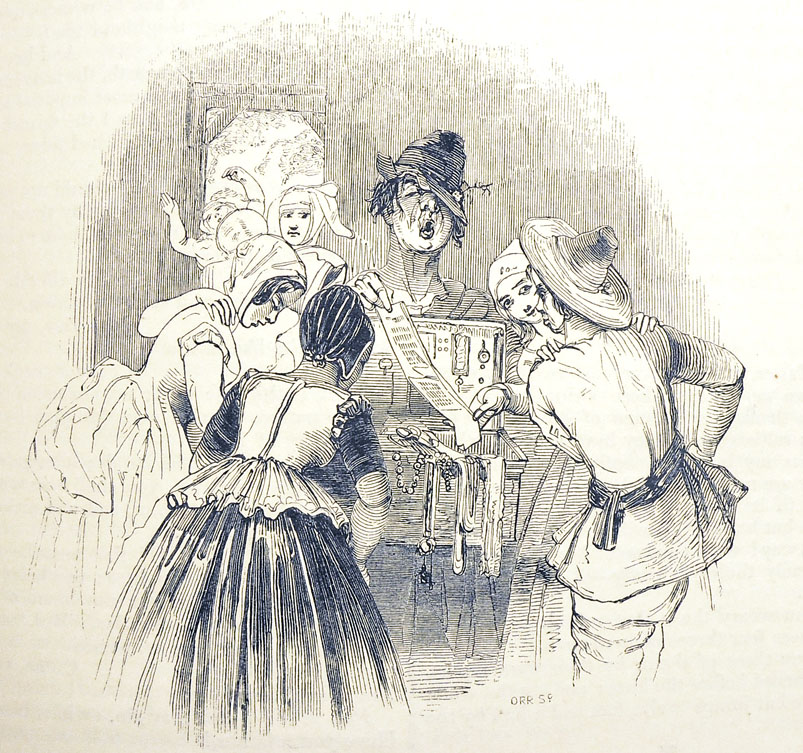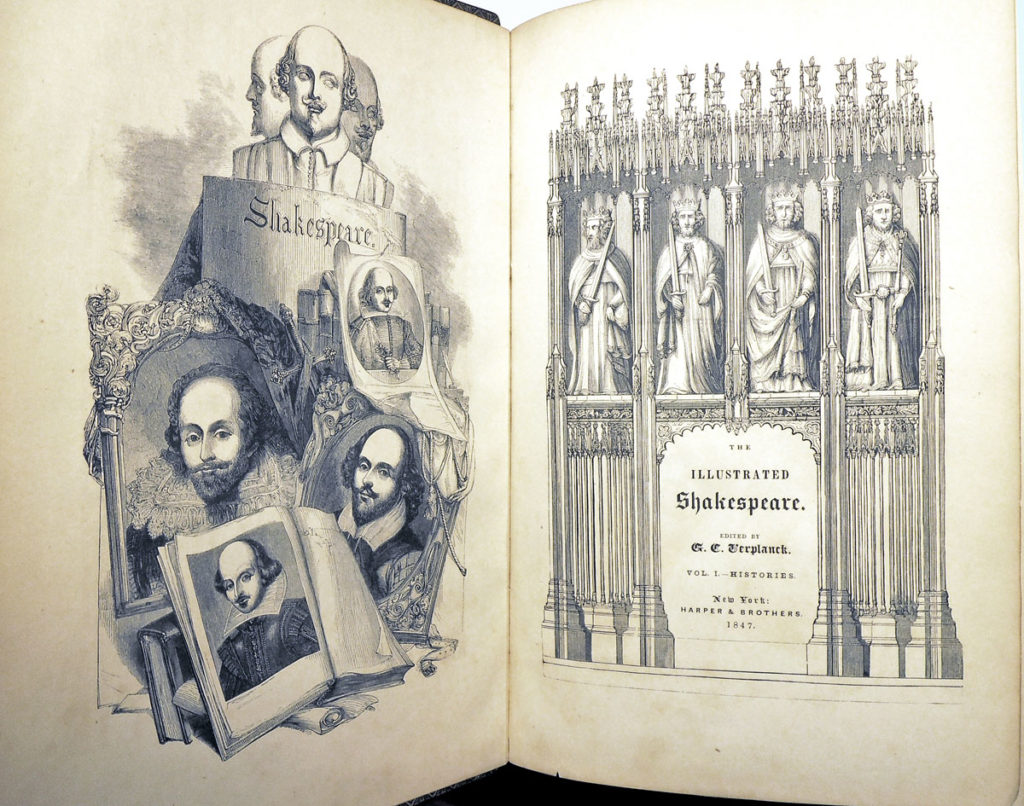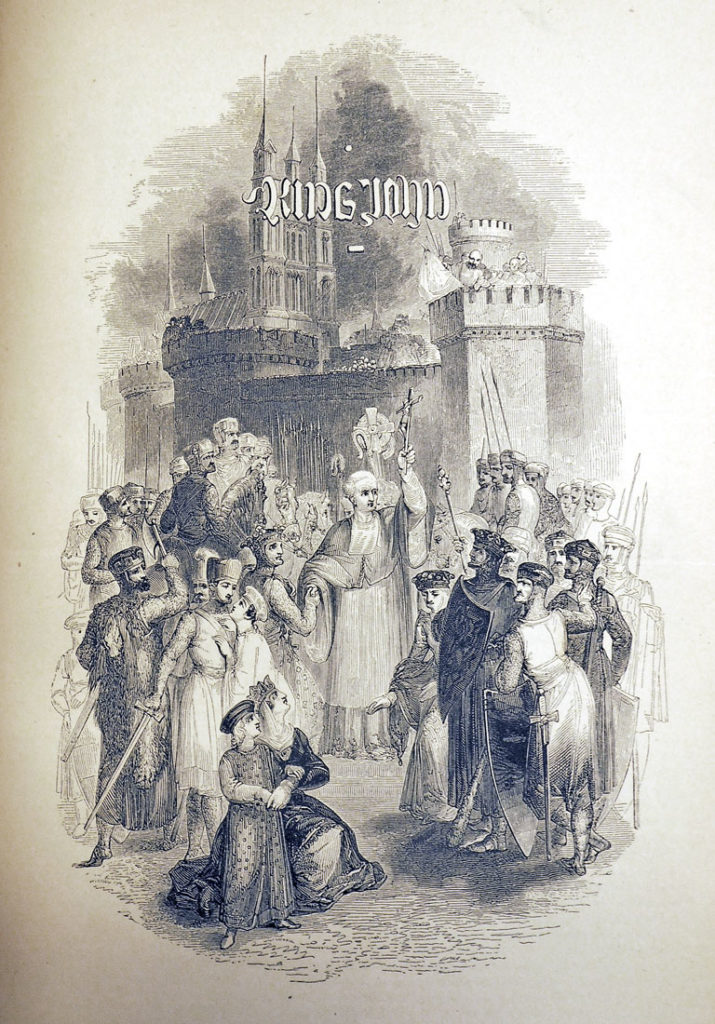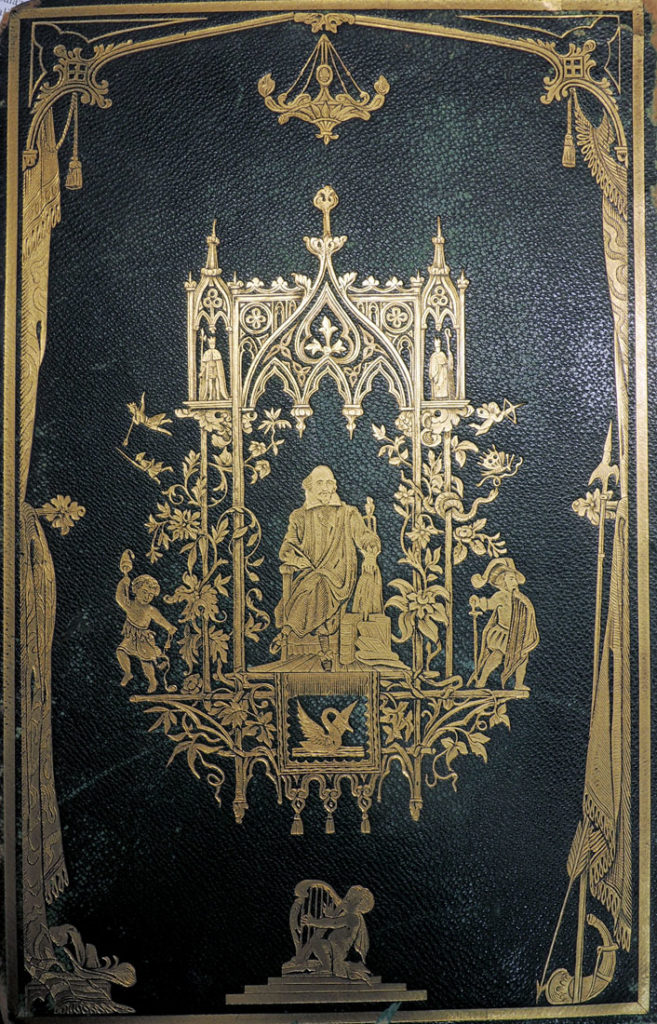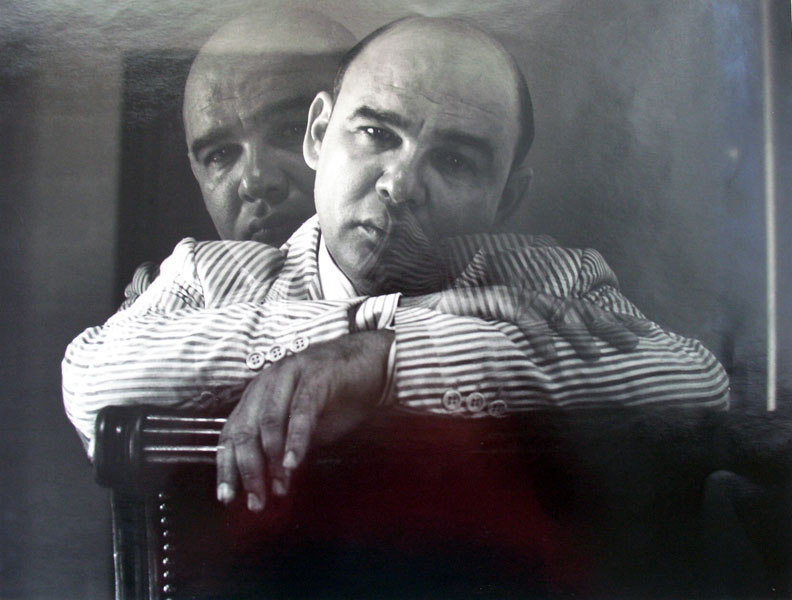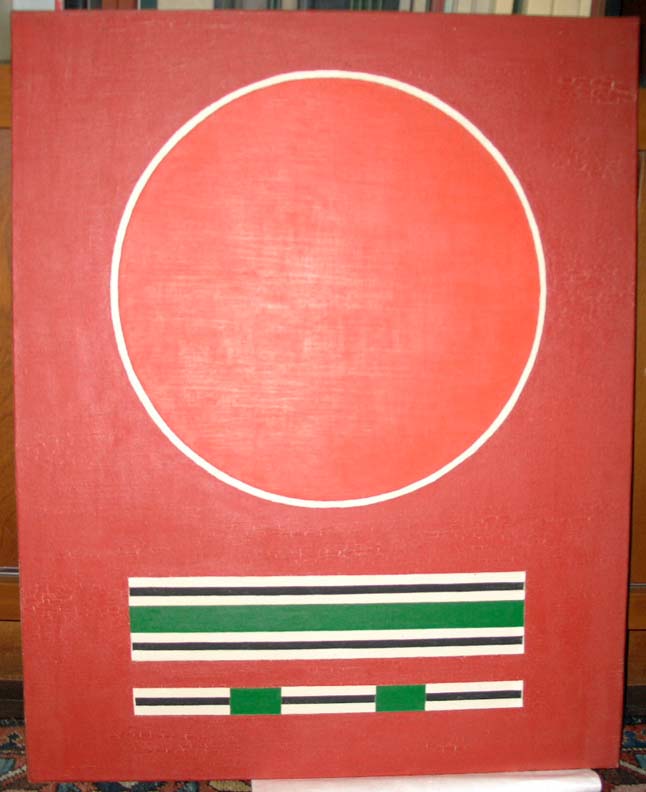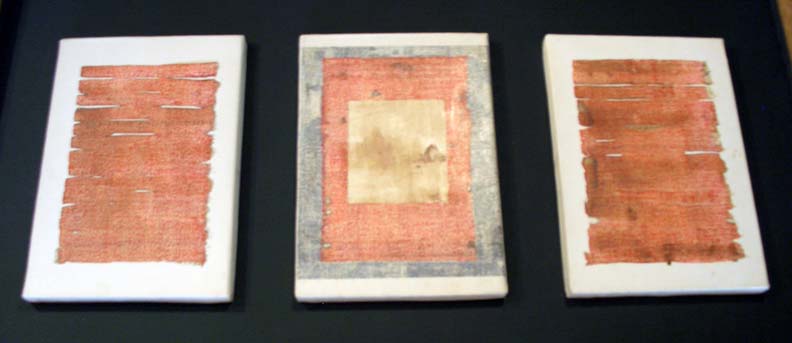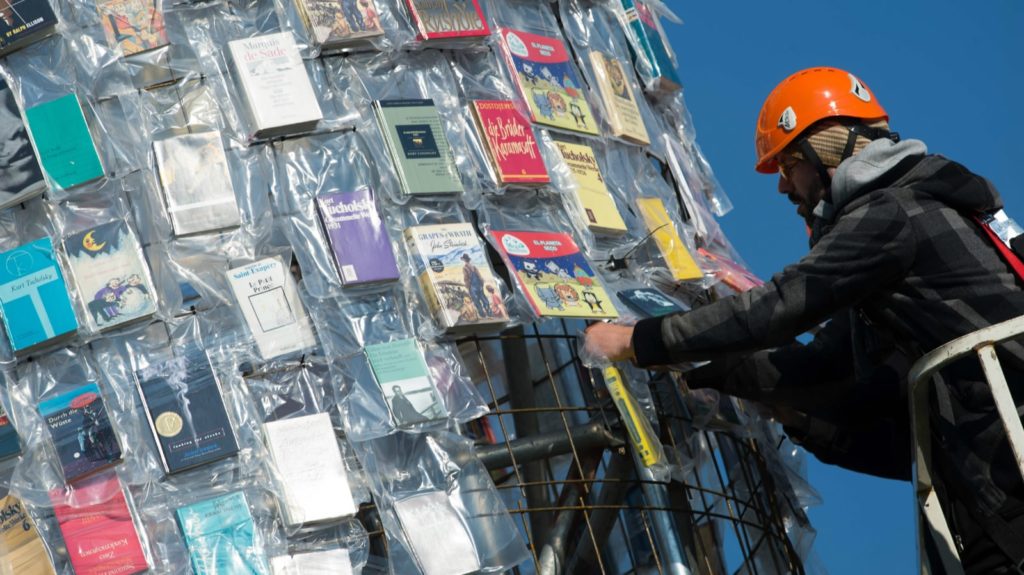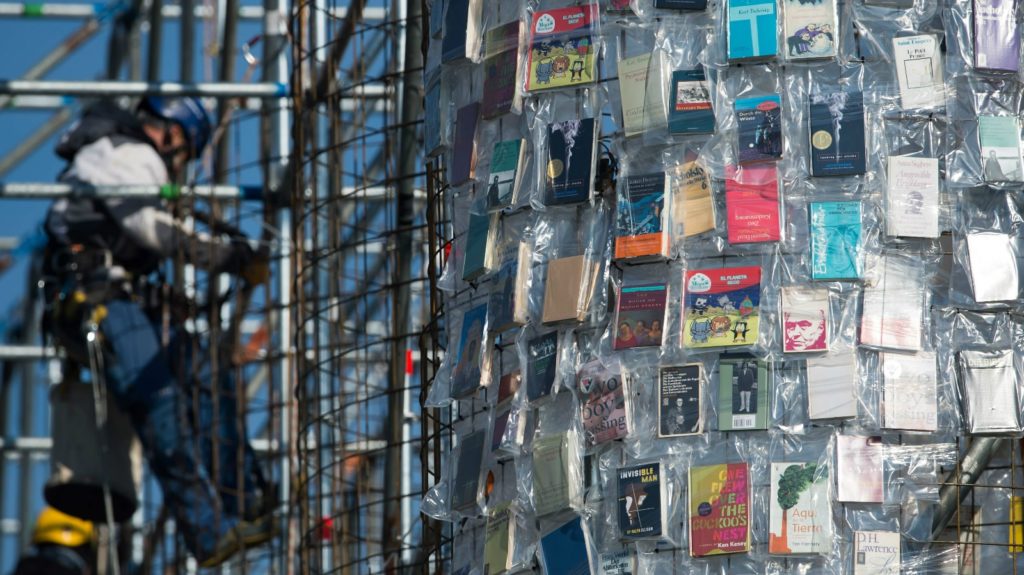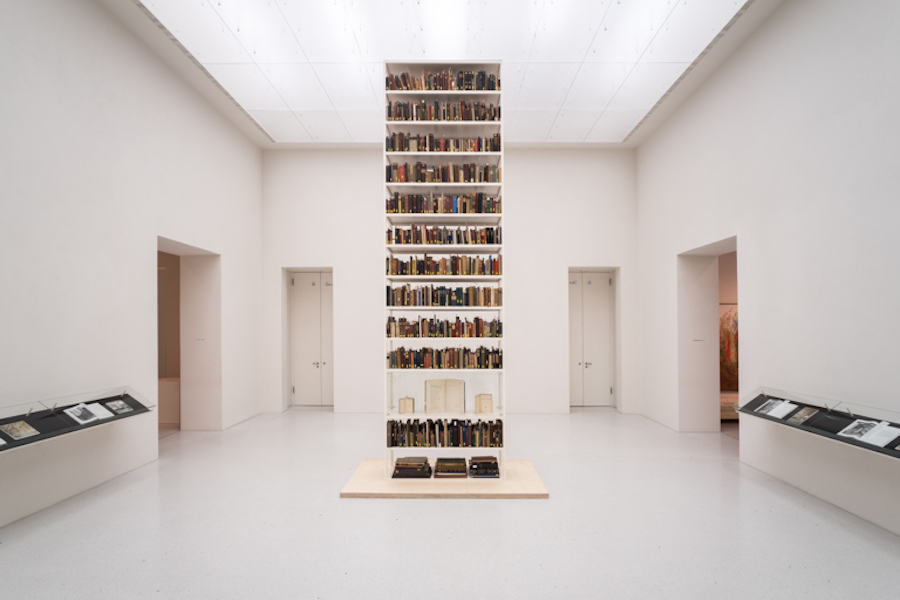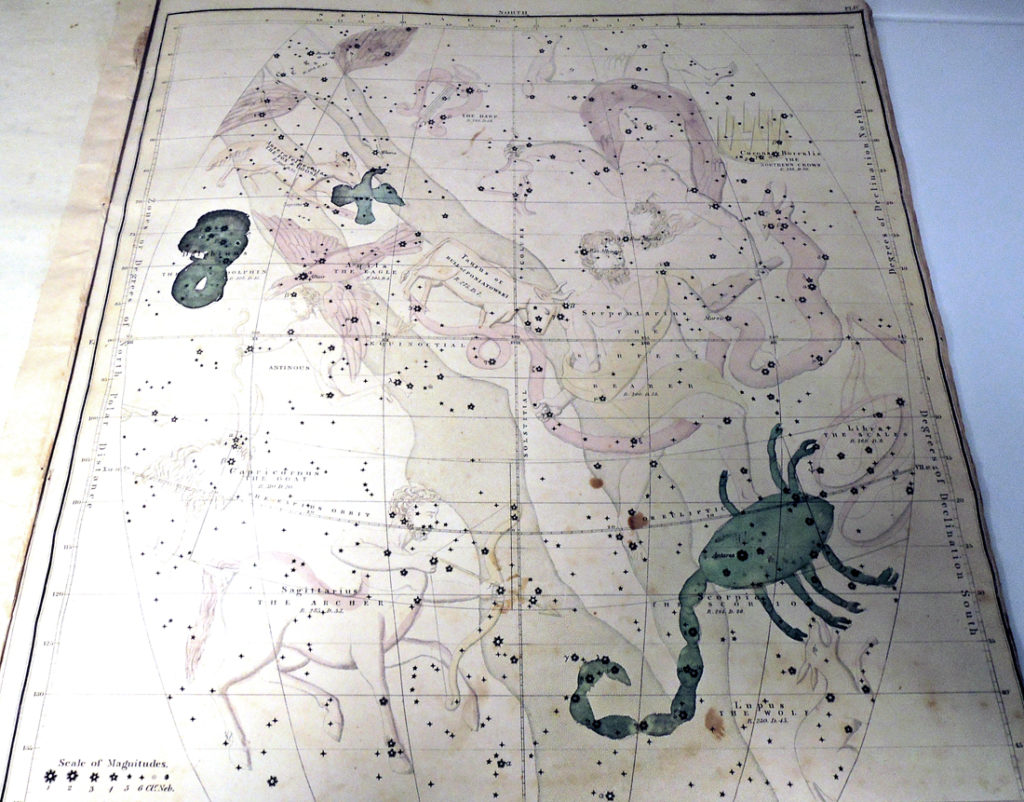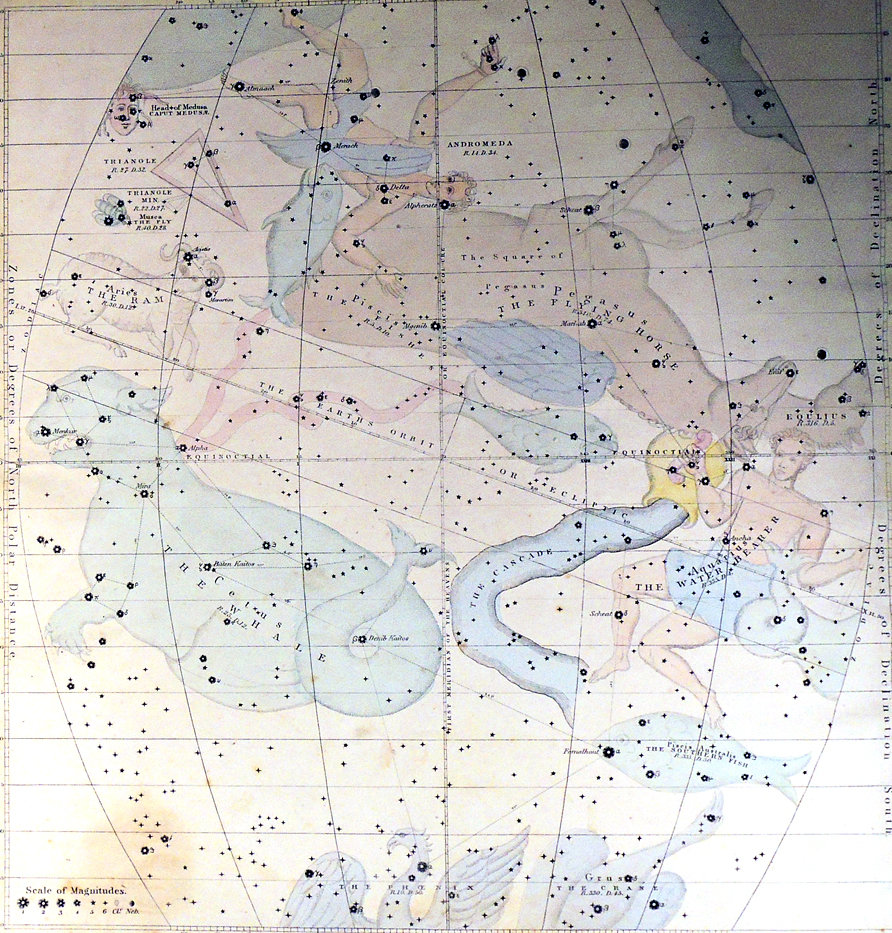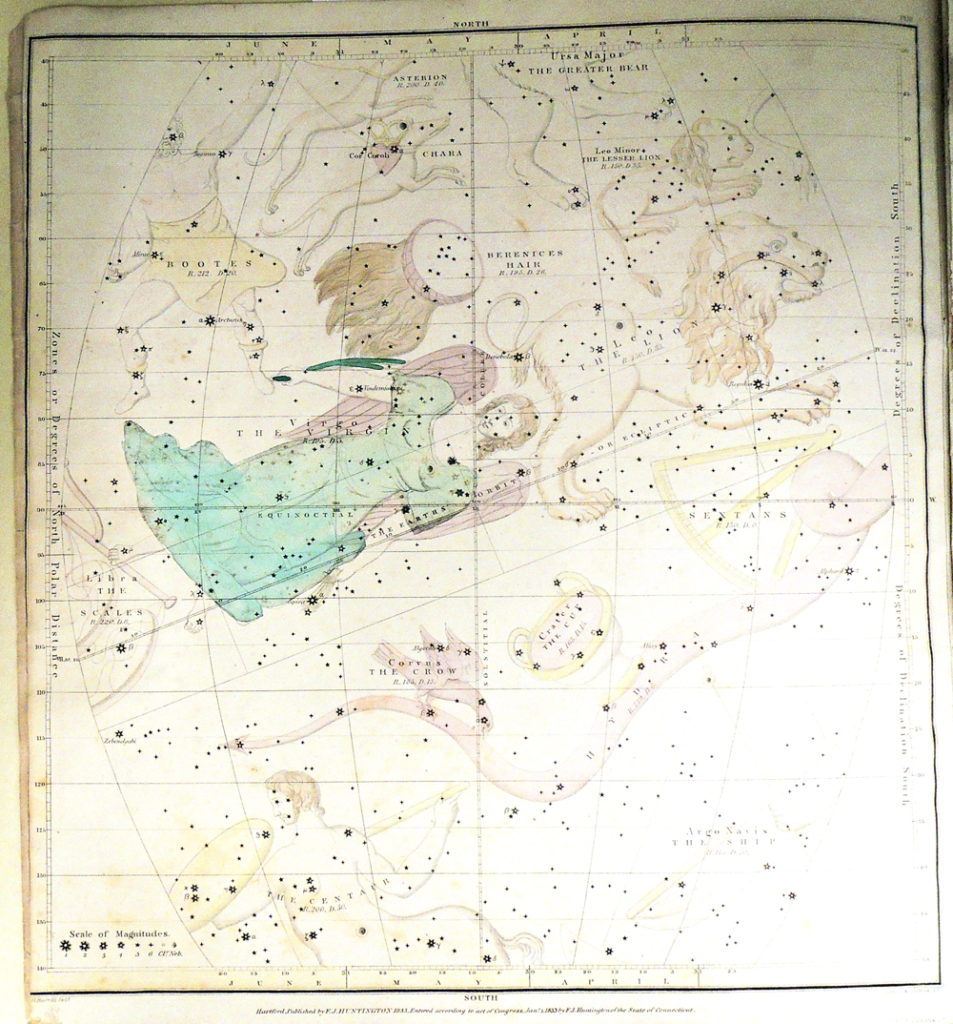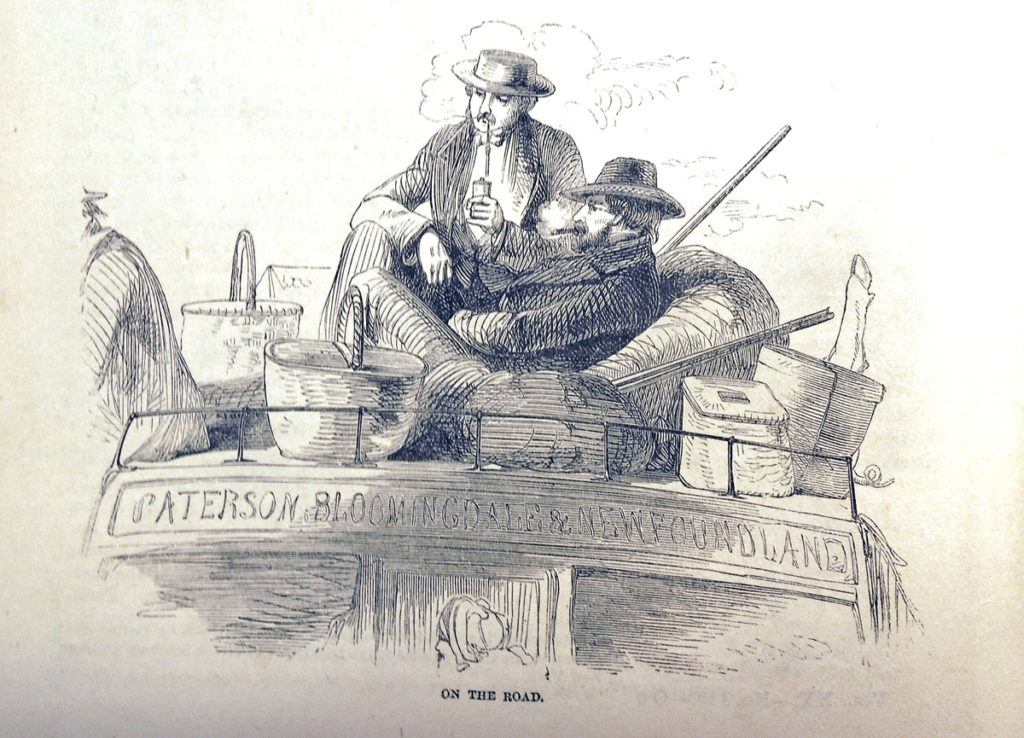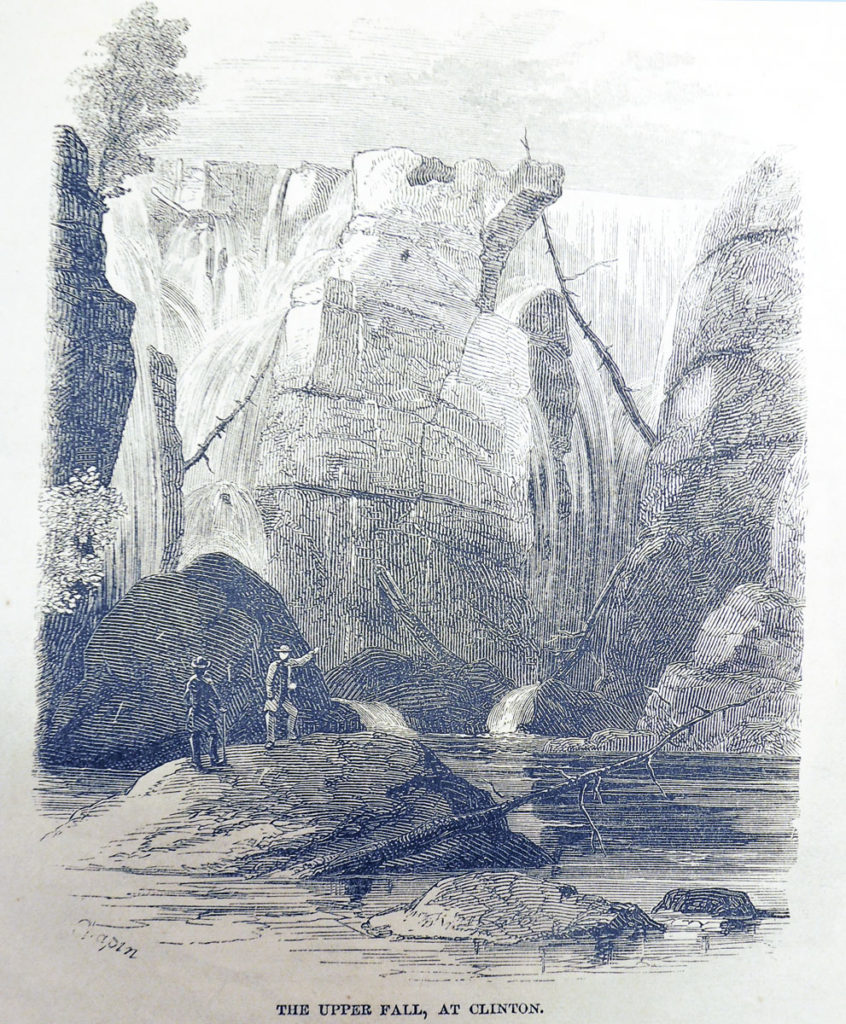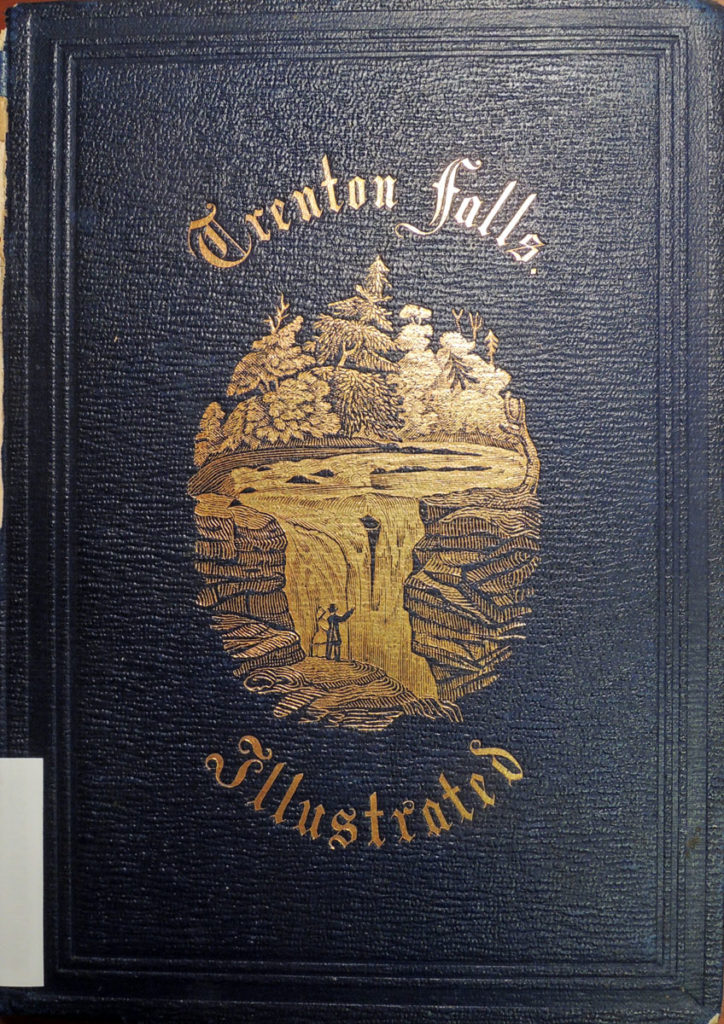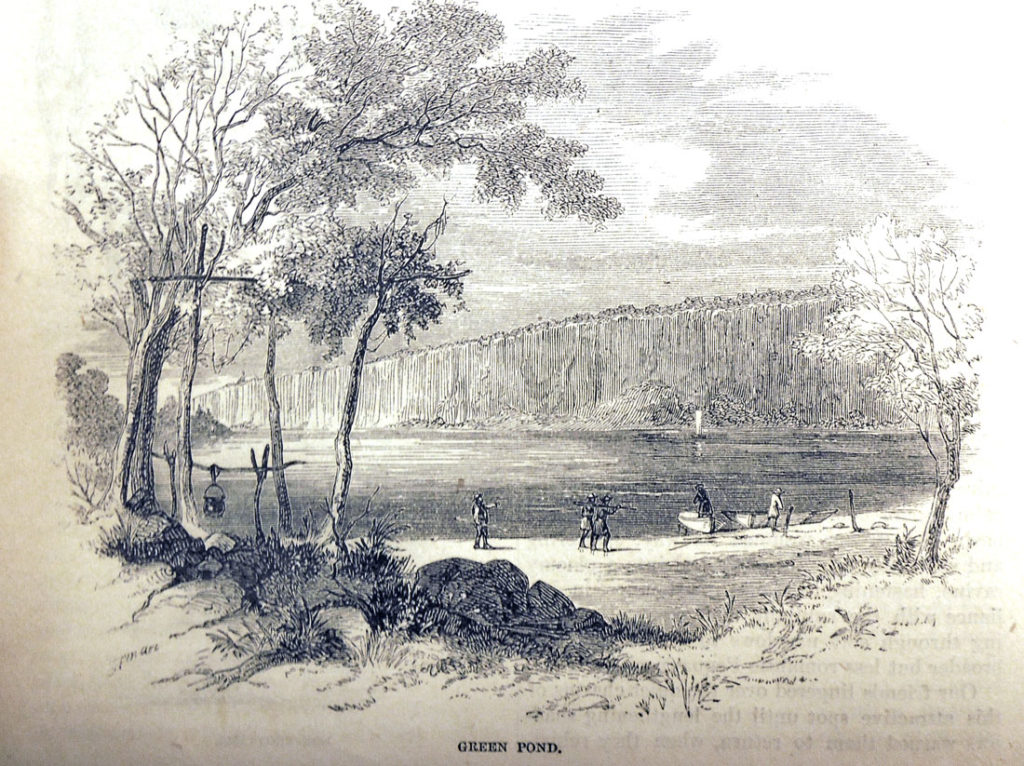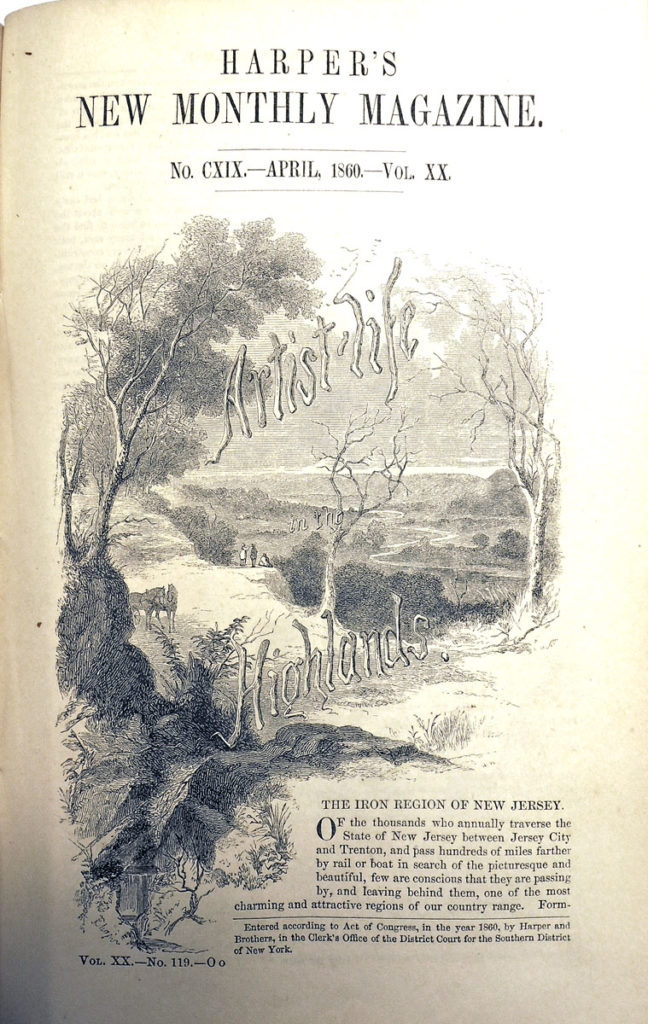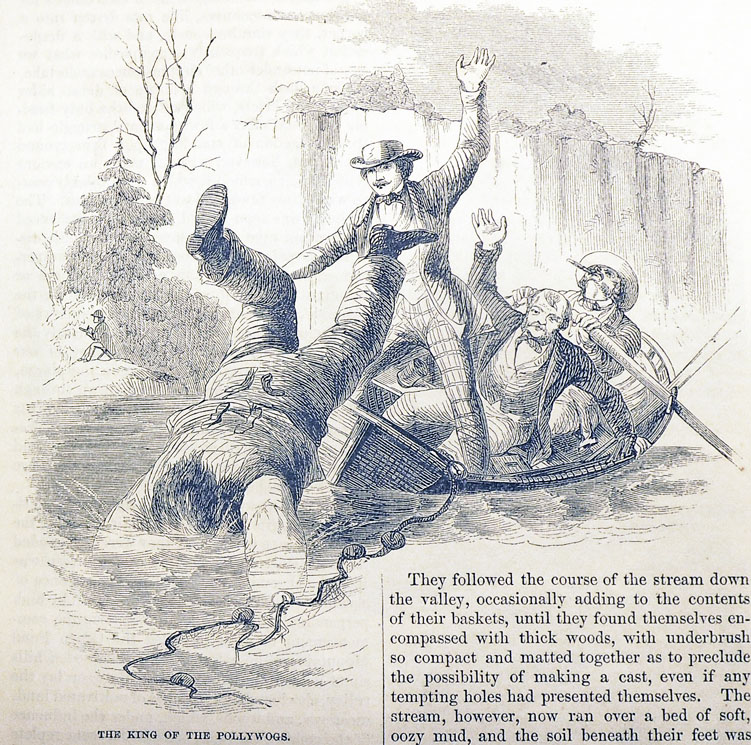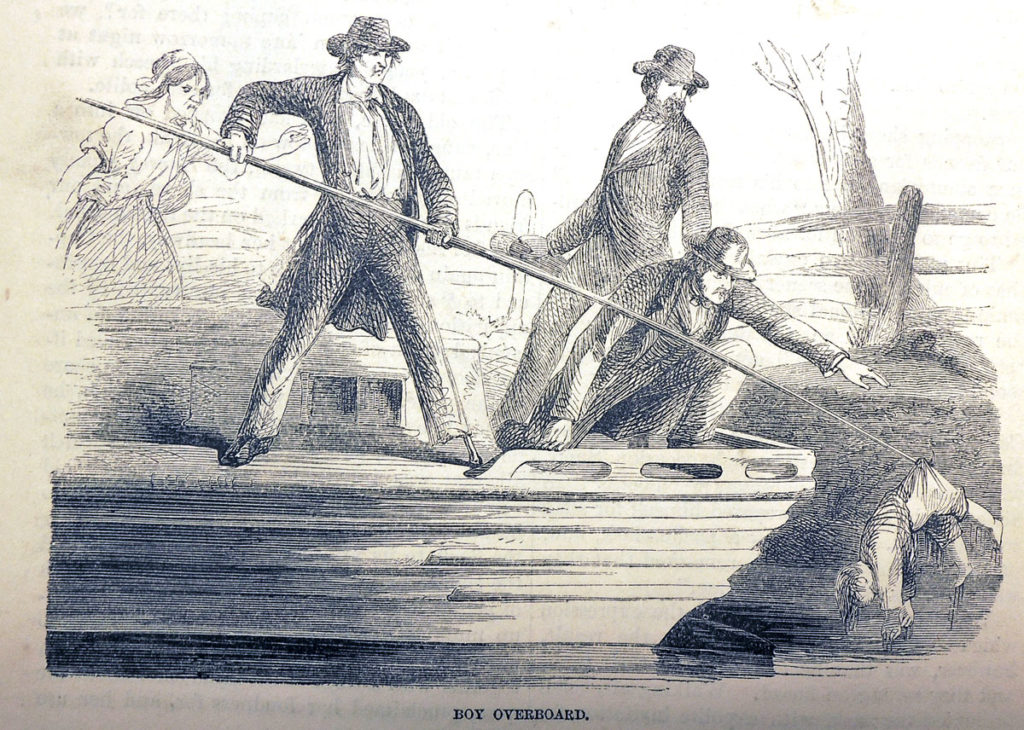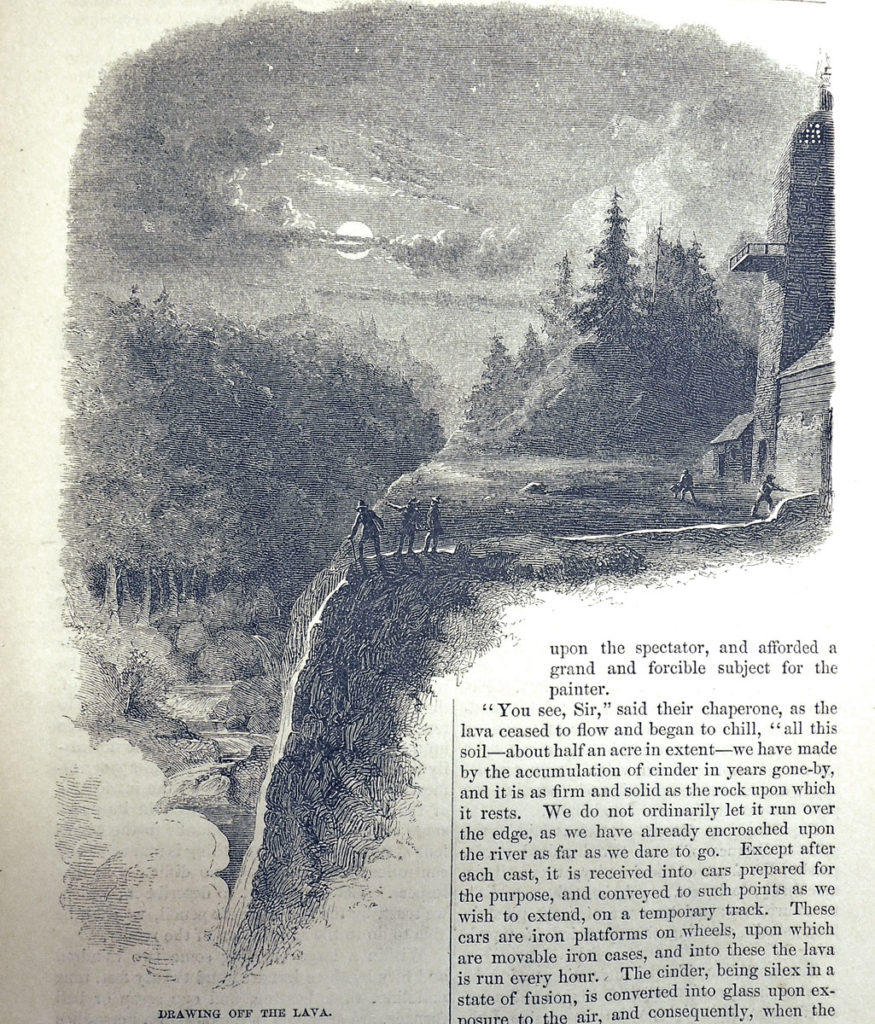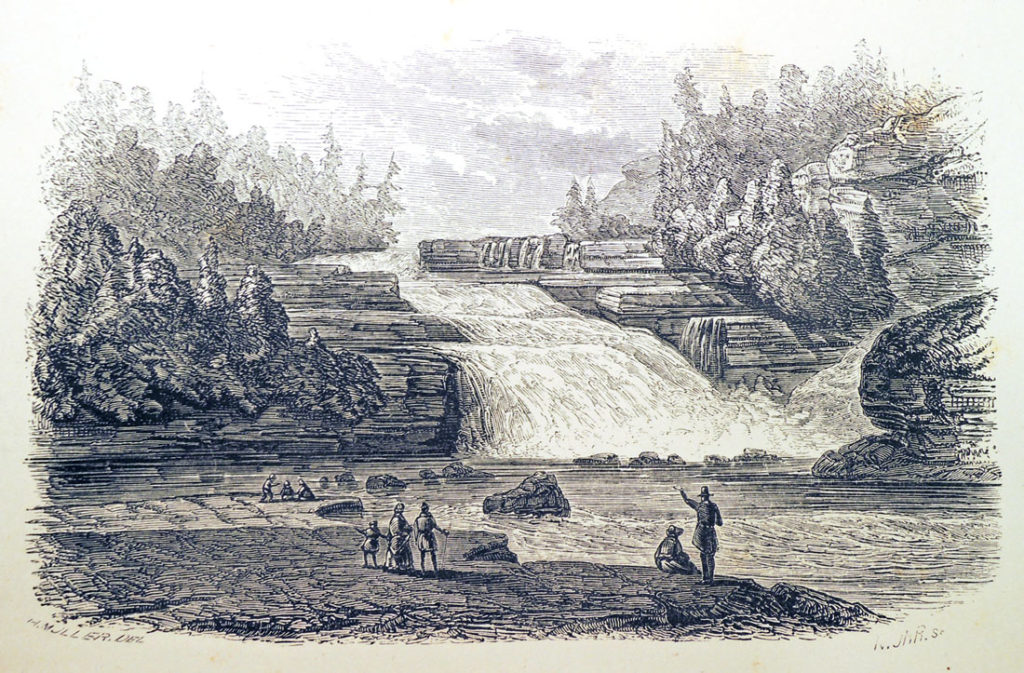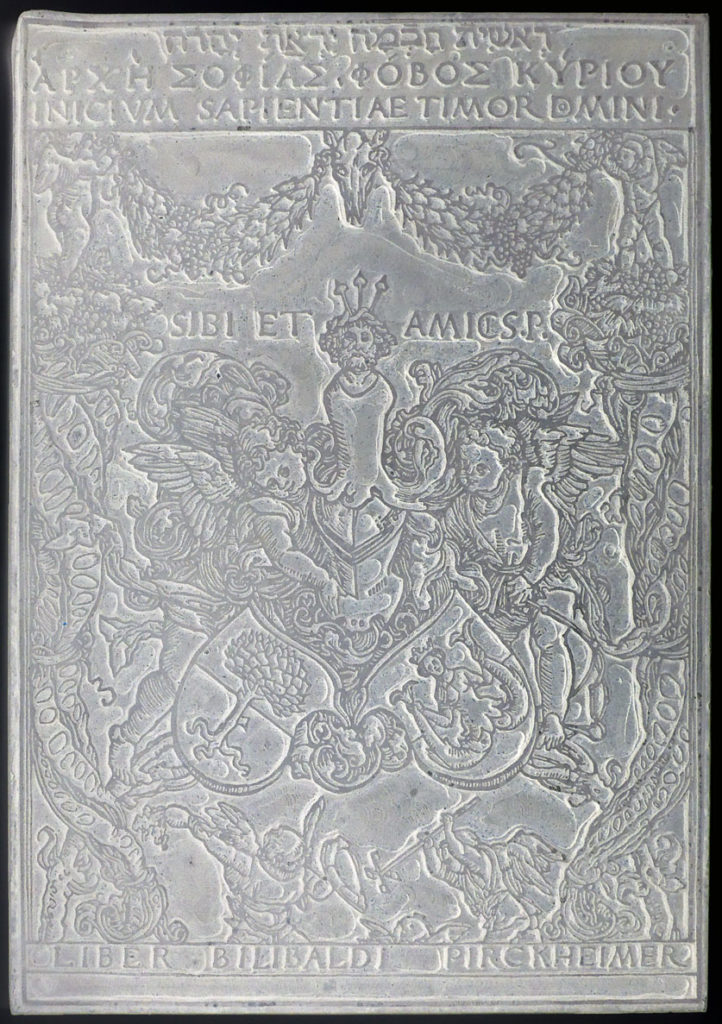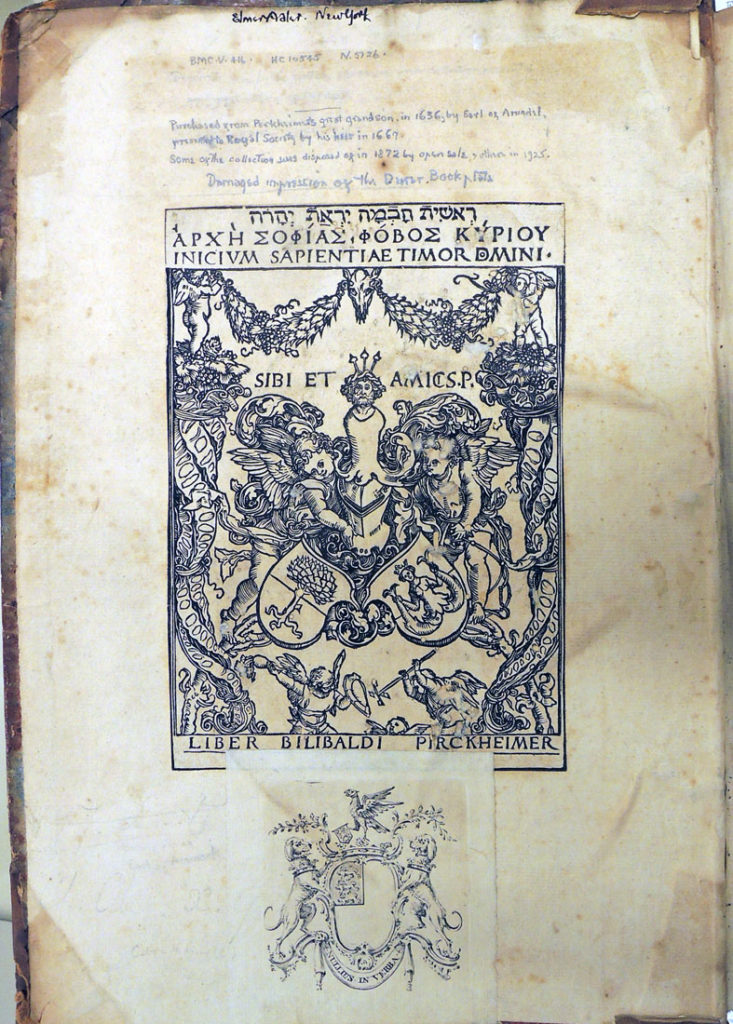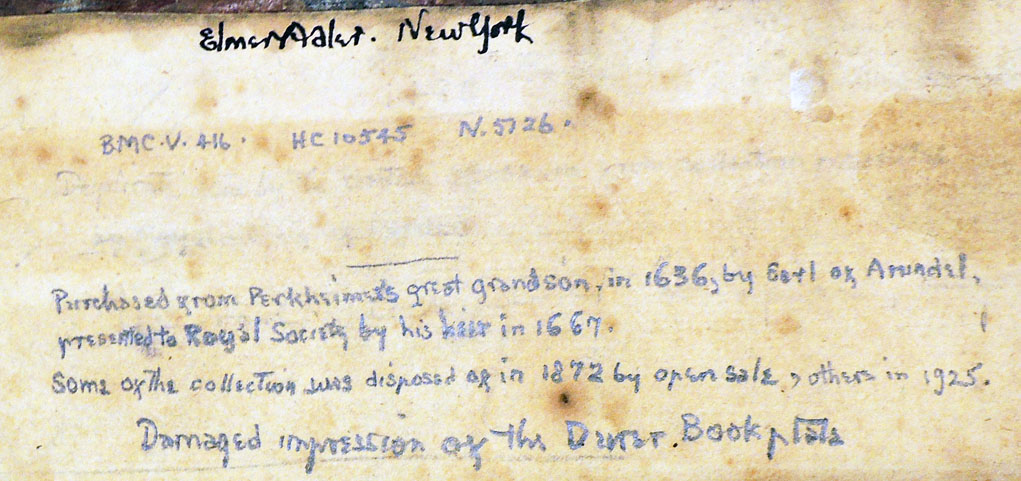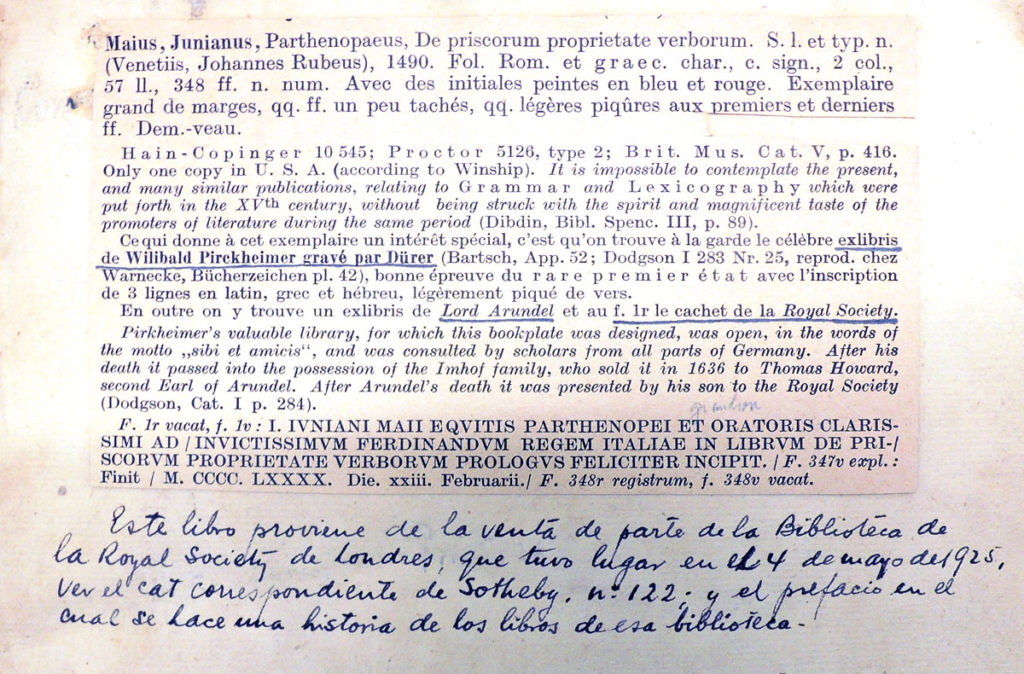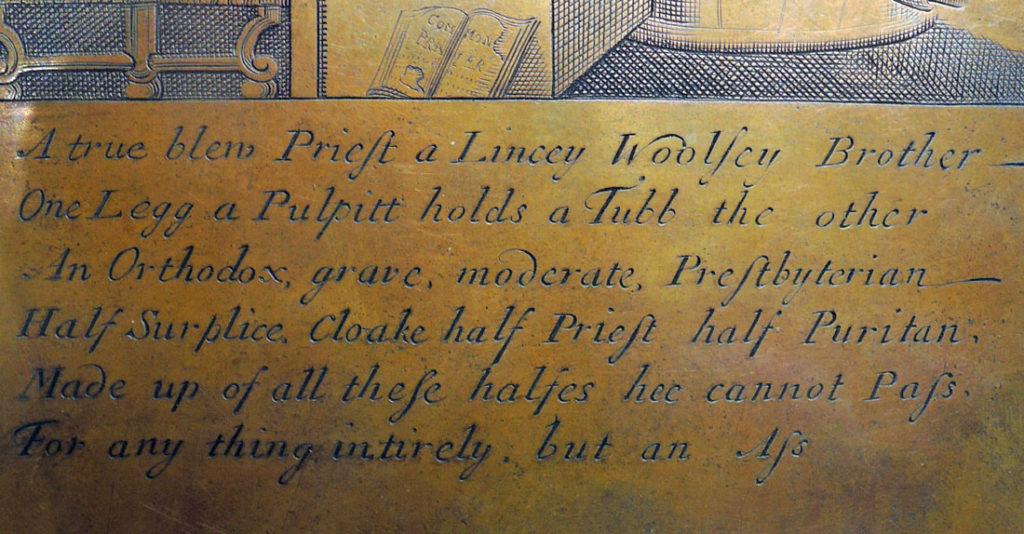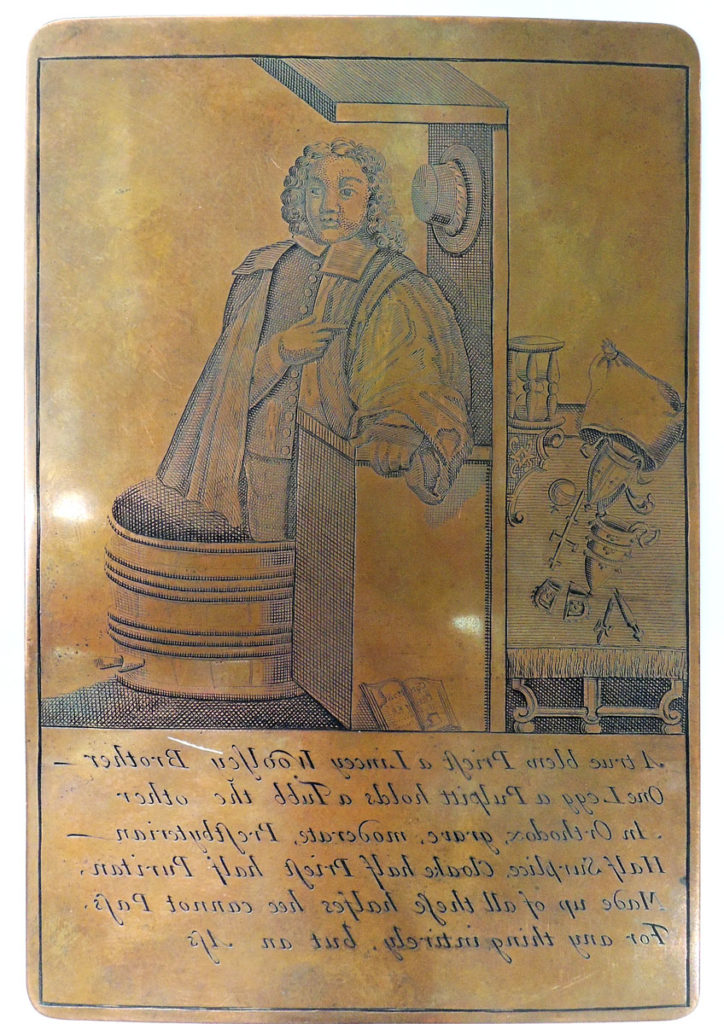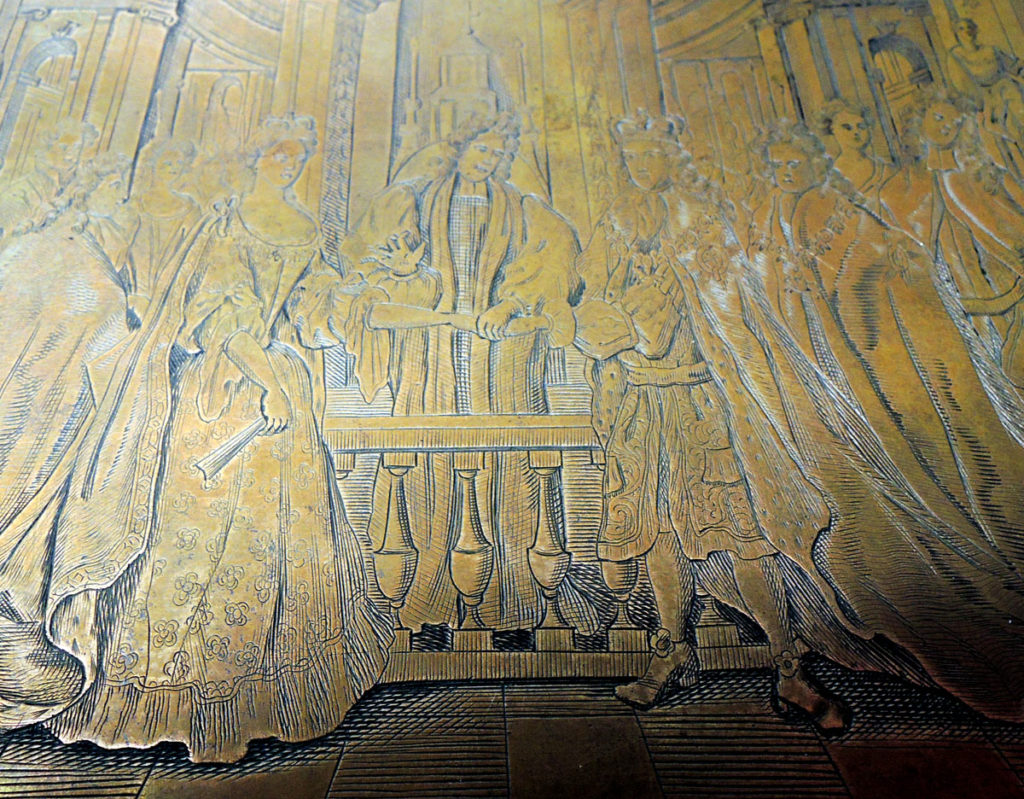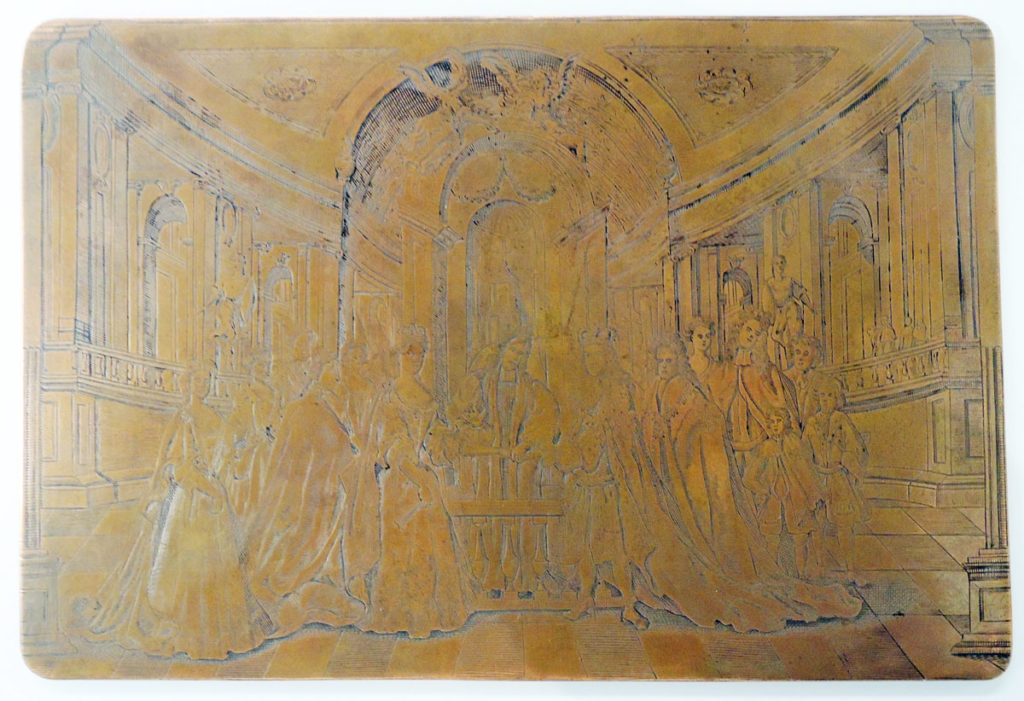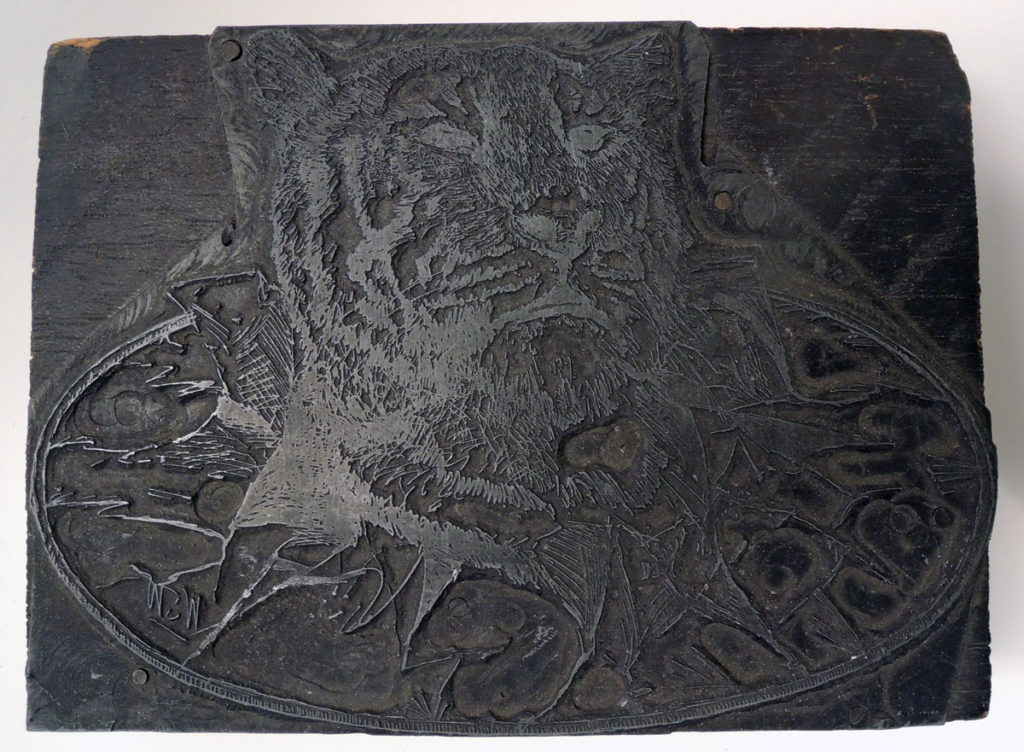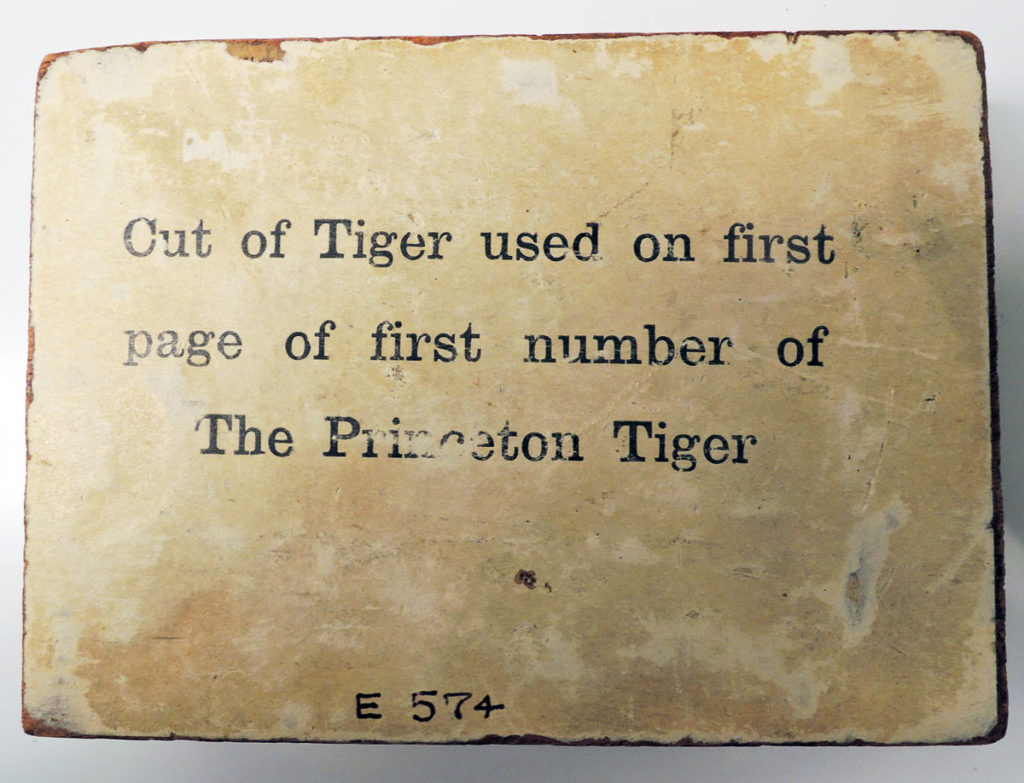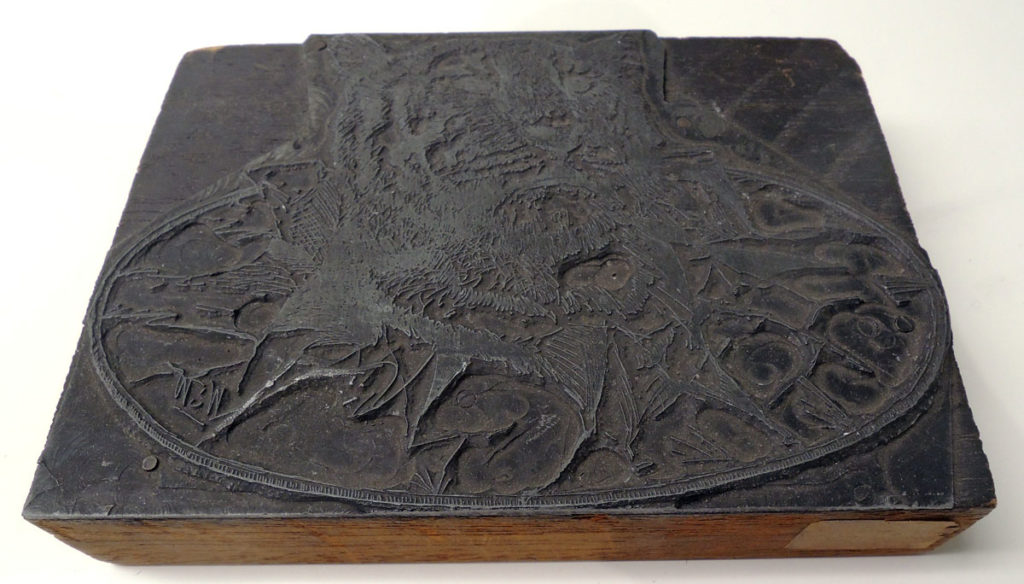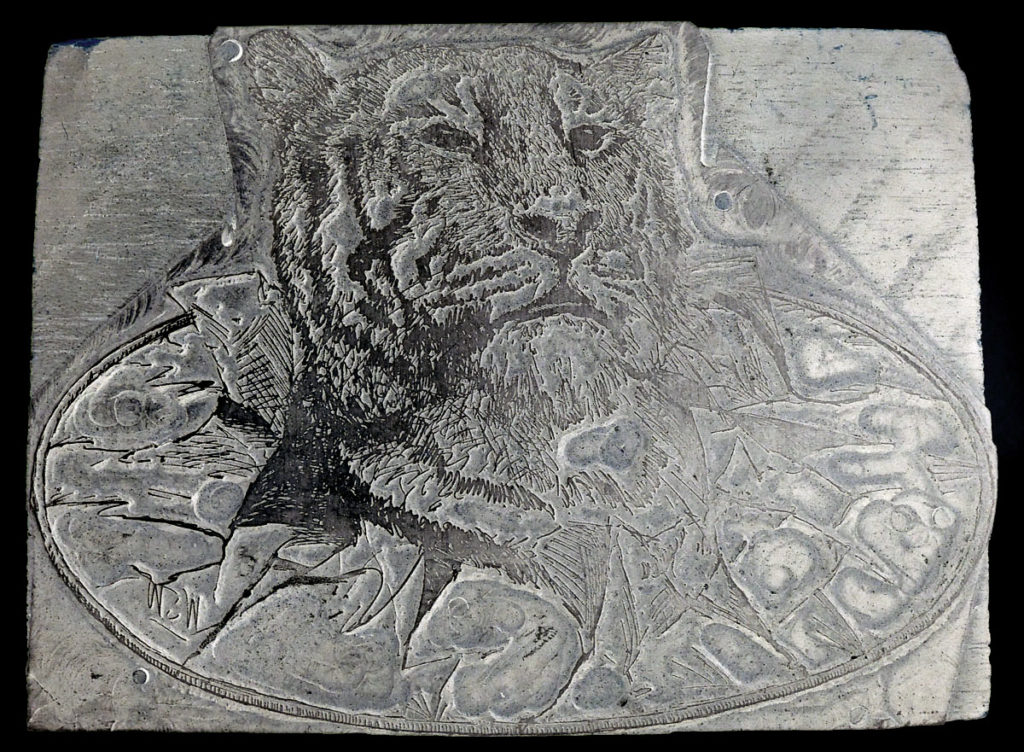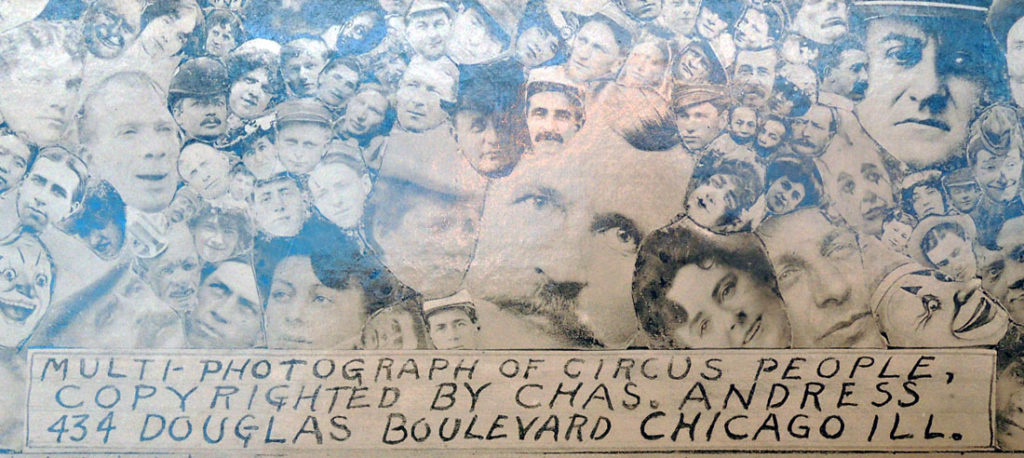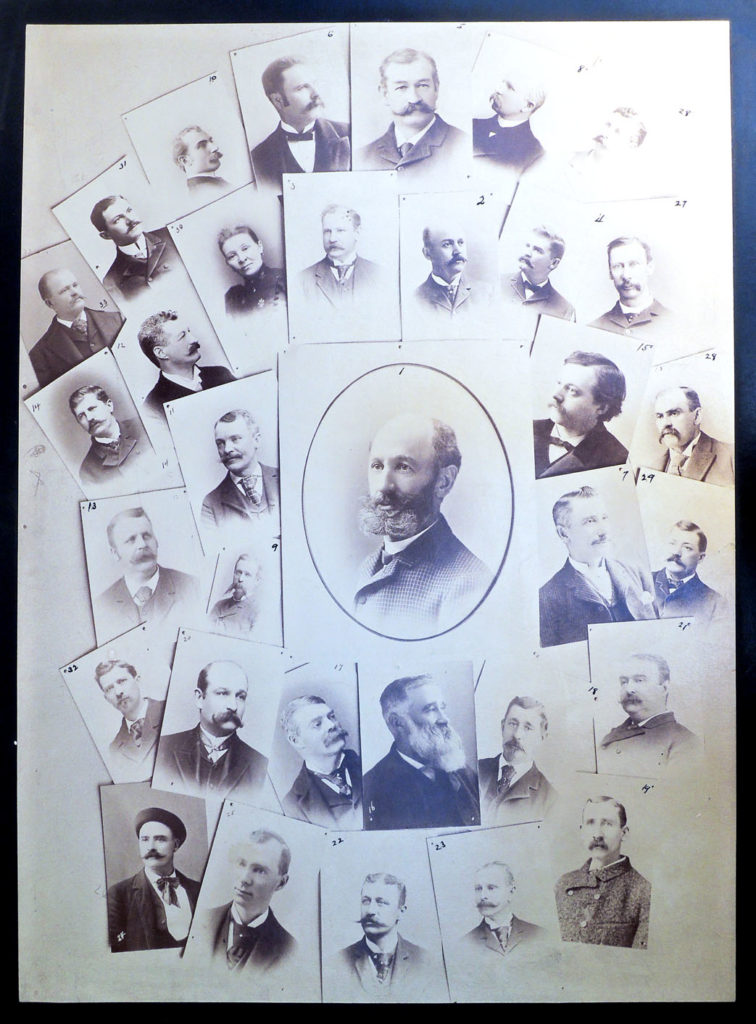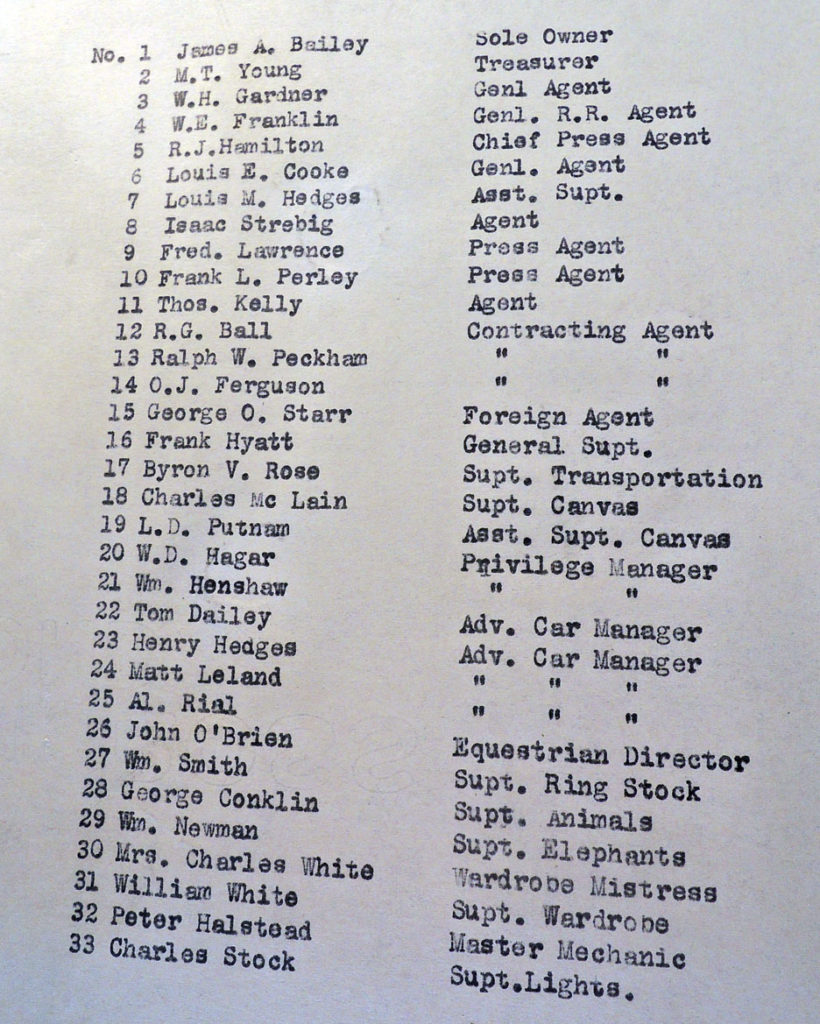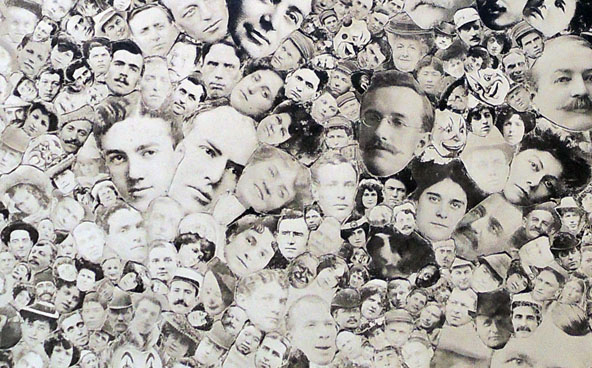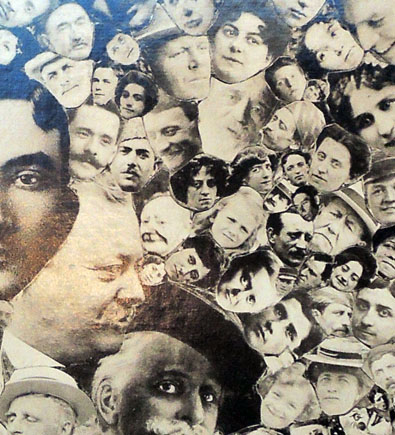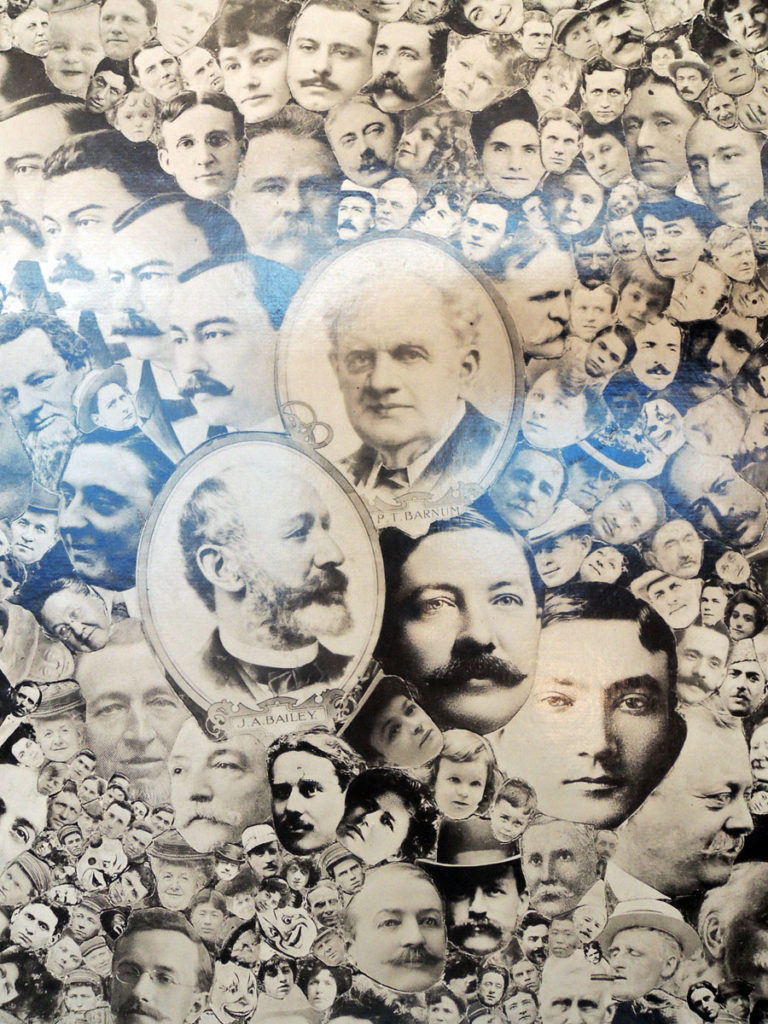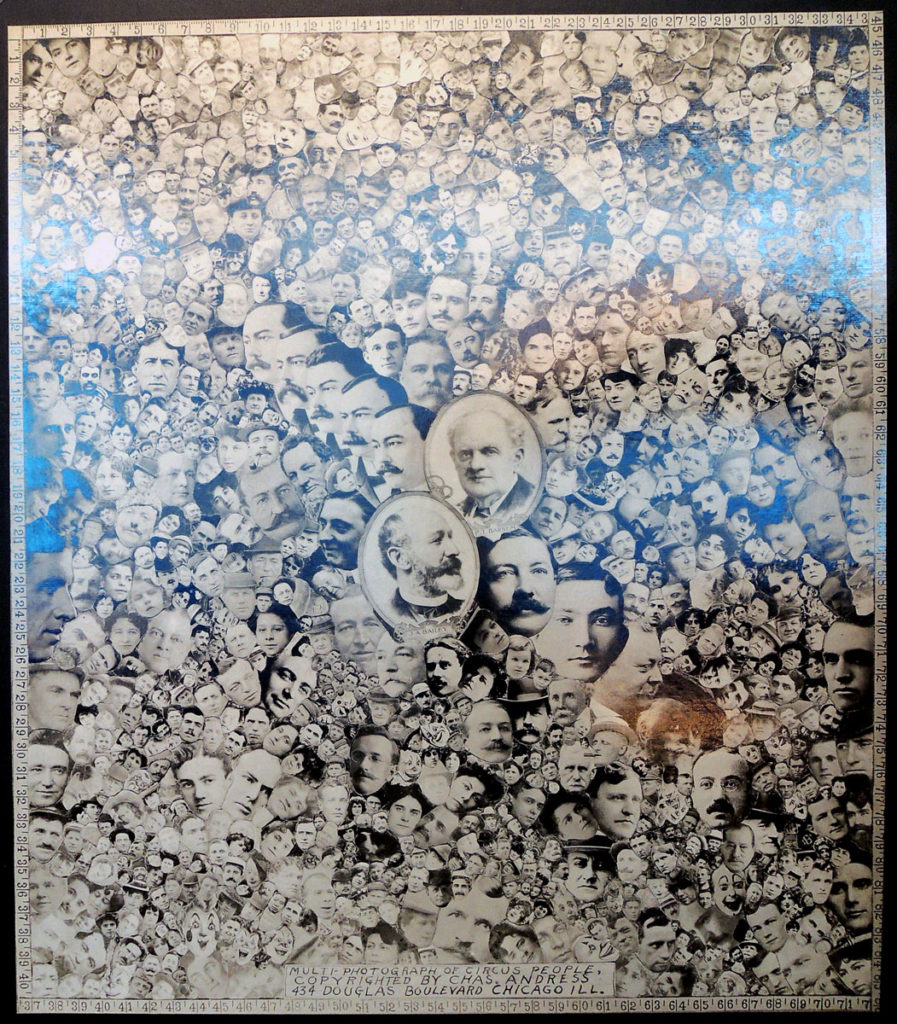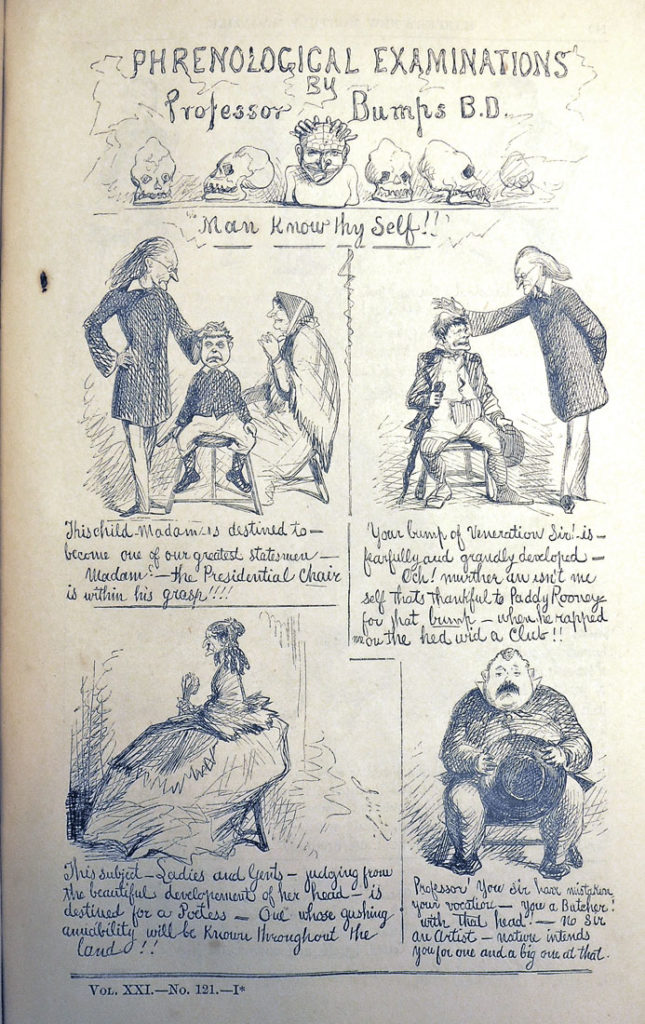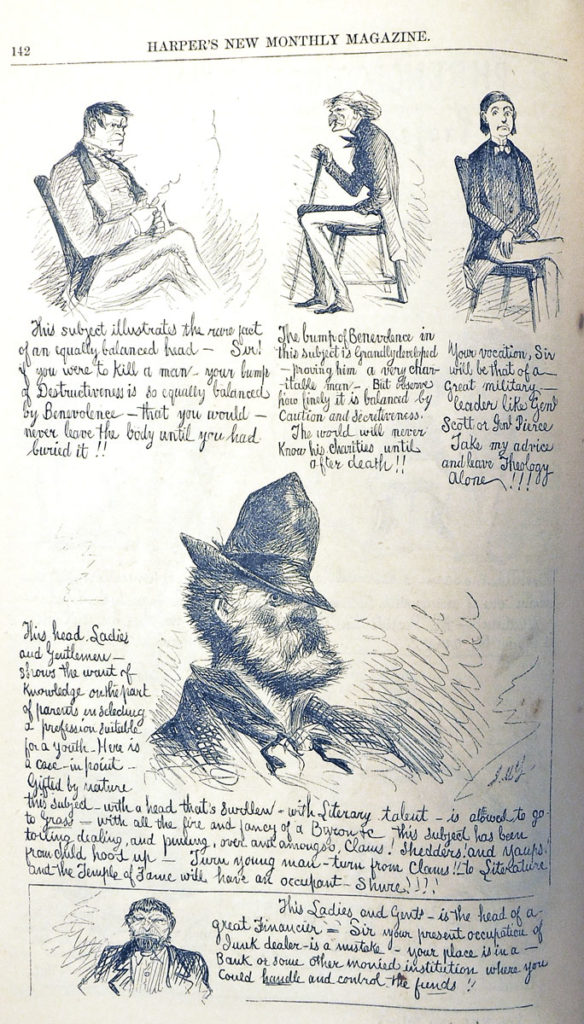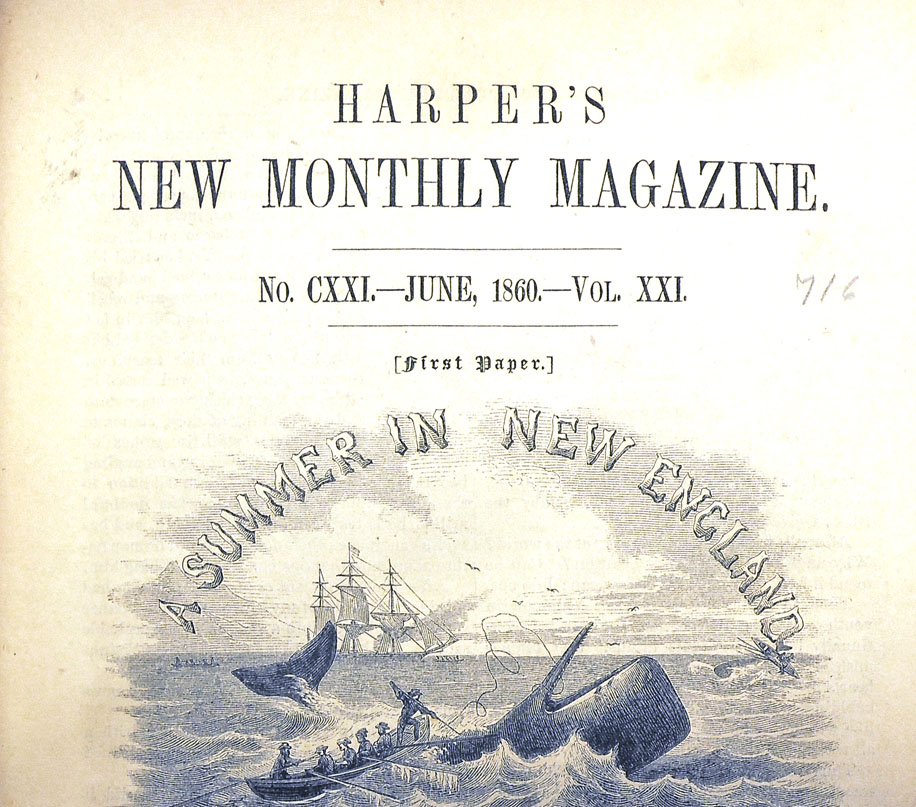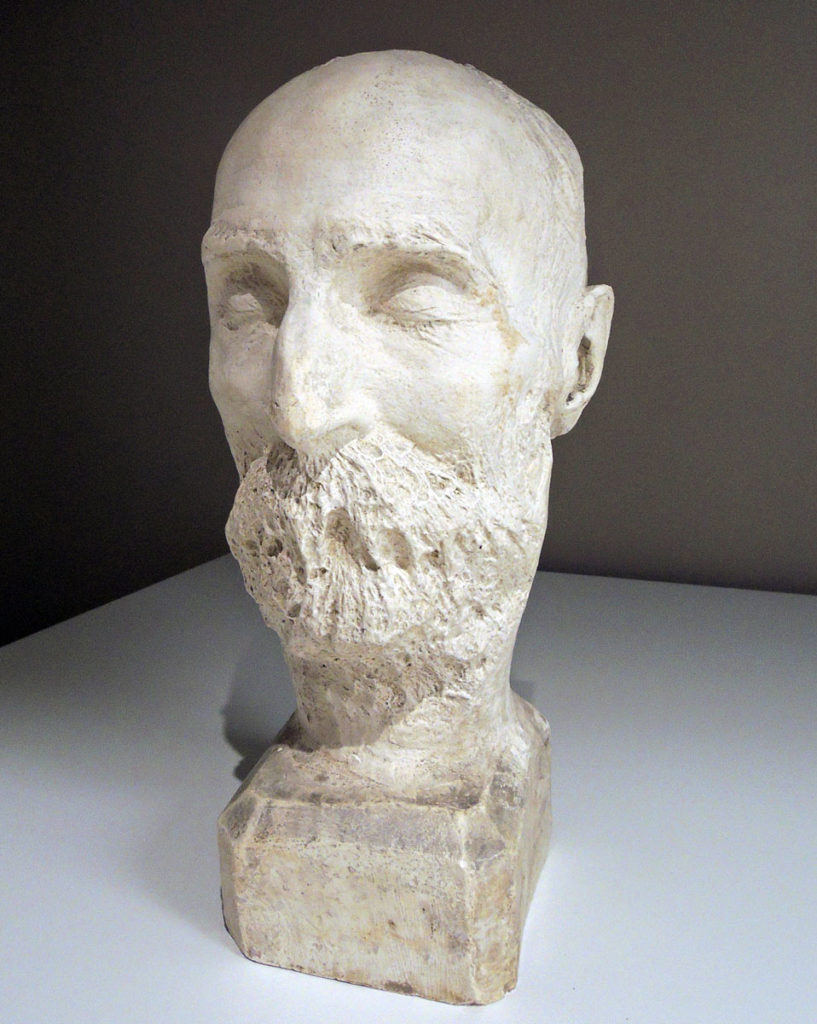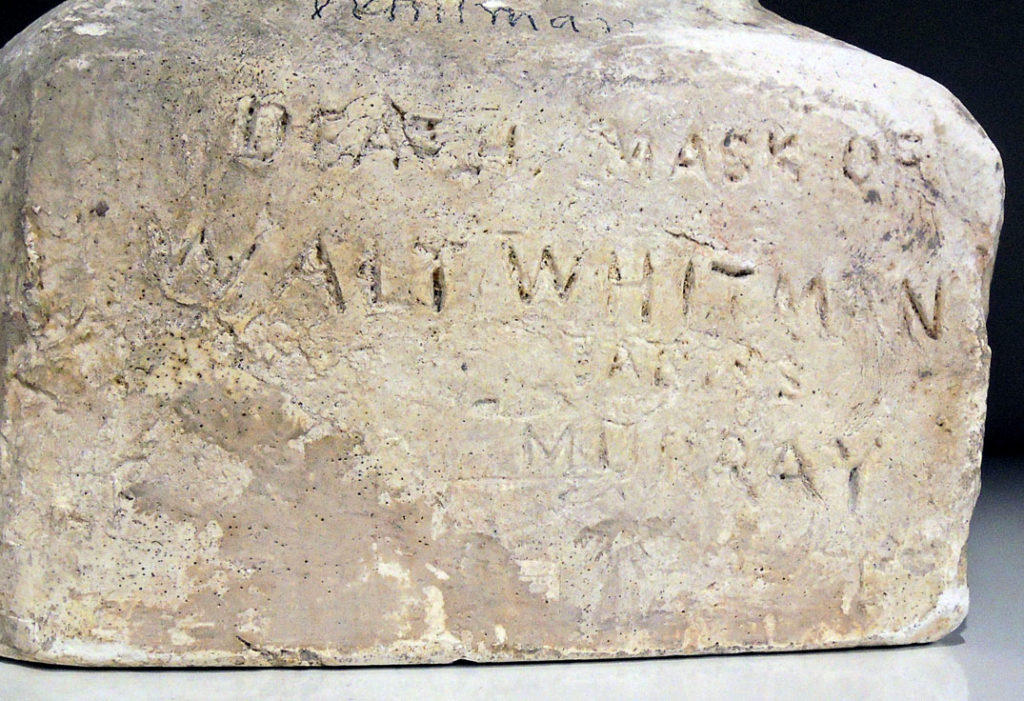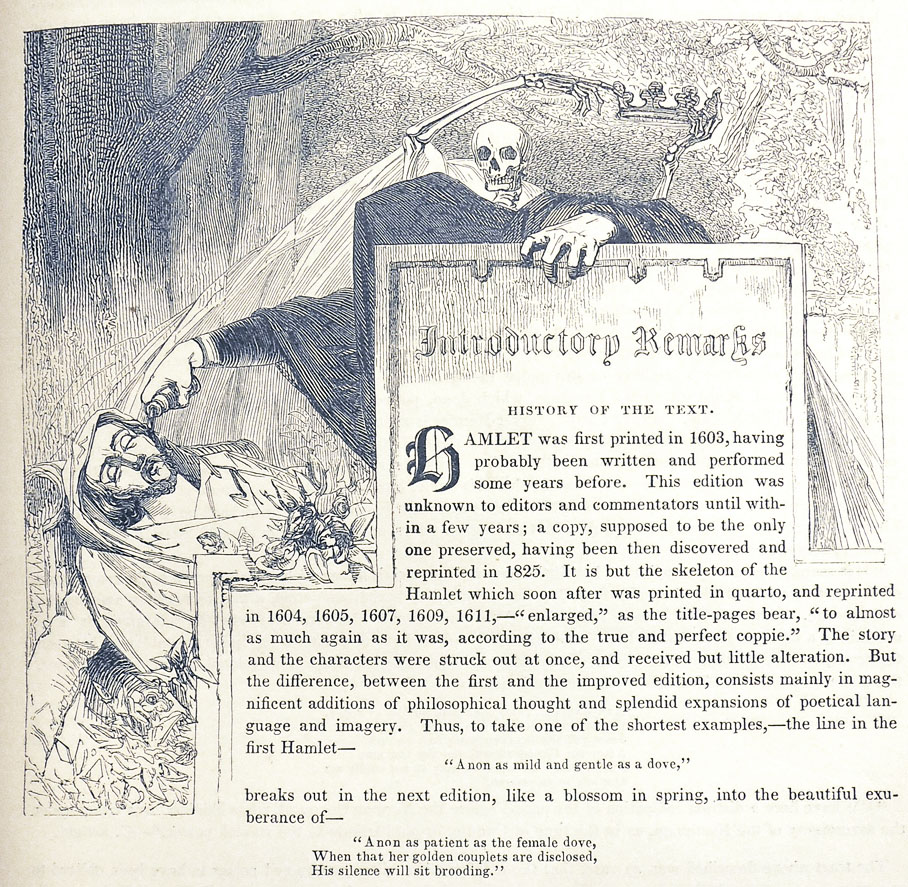
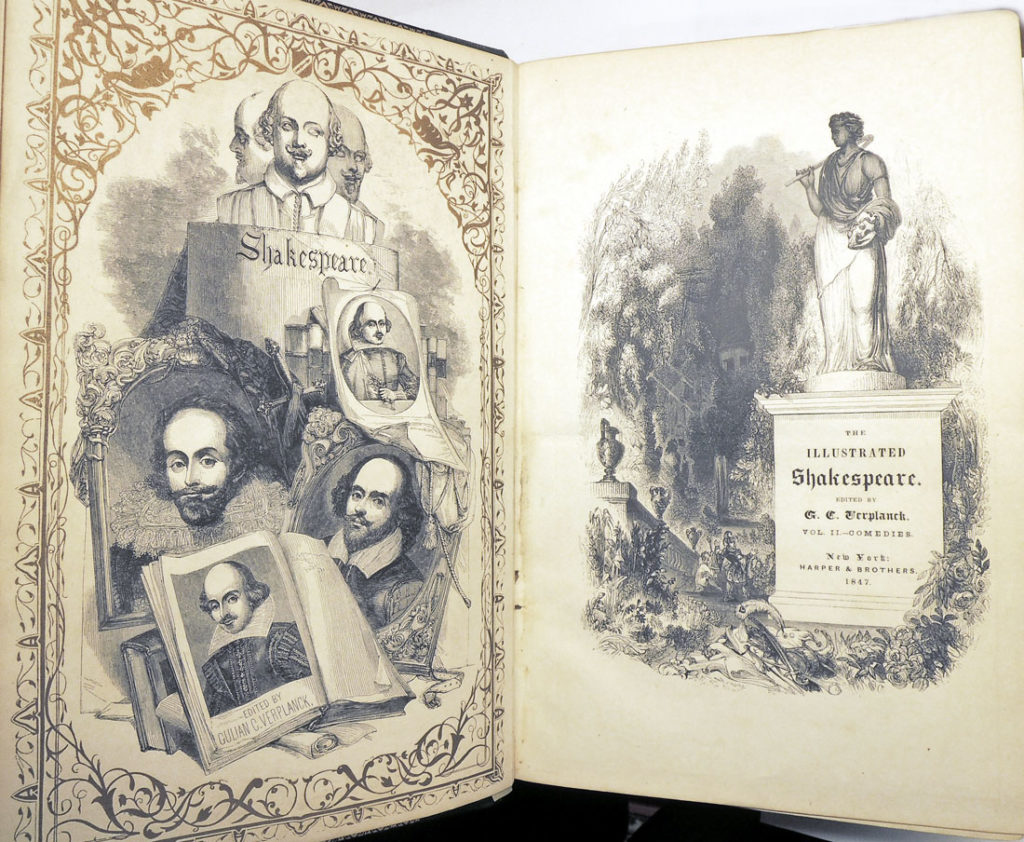 The newspaper headline read: “Spruce Street fire, Monday night, set accidentally by a porter in the basement of the building owned by Newell and Company, were insured.”
The newspaper headline read: “Spruce Street fire, Monday night, set accidentally by a porter in the basement of the building owned by Newell and Company, were insured.”
In the fall of 1845, the wood engraver and manager of the printing office at Spruce Street Nathaniel Orr wrote to his fiancé, “Here I am, not dead but alive and kicking . . . I had a pretty narrow escape last night. But thanks to my “guardian angel” I made my exit from the burning [building] with scarcely a bruise. Just my luck. My loss will be but trifling. Though [Henry W.] Hewet paid me twenty dollars per week. I have already had offers equally as lucrative.”
“The Harpers tell me all will be right as soon as Hewet returns. I wrote to him last night and shall expect him tomorrow morning. When I found my passage completely cut off by the falling of the stairs I most assuredly thought my time had come. Oh, a thousand thoughts rushed upon my mind in a moment. I thought of you, of my bright hopes, of the horror of perishing in the flames. It was life or death, so I made the leap and here I am your own.”
A week later, Nathaniel wrote again to say that “Every article in our office was entirely destroyed and when I think of my own narrow escape I can but attribute it to a most merciful providence . . . I passed three windows (four stories from the ground) on the outside that I might get in a position for jumping on a small outhouse, two stories from the window. Had I [fallen] there I should not only have been killed but burned to ashes in the ruin. . . . The first John [Orr] knew of my adventures was on his way home, some four or five hours after I had astonished the natives, he met an acquaintance who inquired if I had been found! When he called on me I was asleep, preparing to repeat my leap to the tenor of the spectators.”
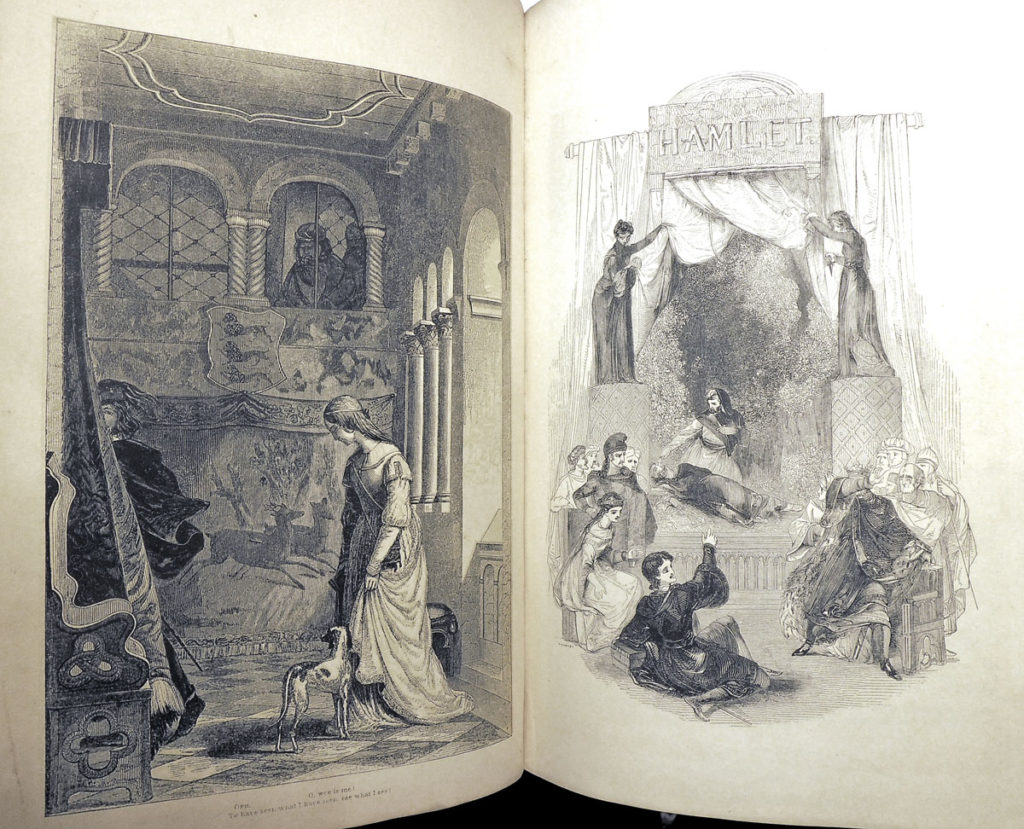
By mid-November, Nathaniel wrote to say “the cloud that hung over me for a few days after my late exit from the third story window . . . has entirely disappeared, and I now find myself most delightfully situated in splendid rooms at 289 Broadway under the patronage of Hewet, or more properly, Harper and Brothers, for they have concluded to have all the plates that were destroyed at the late fire reengraved forthwith. It will probably take us eighteen or twenty months to complete the work. So, you see, Phoenix-like I rise again . . . .”
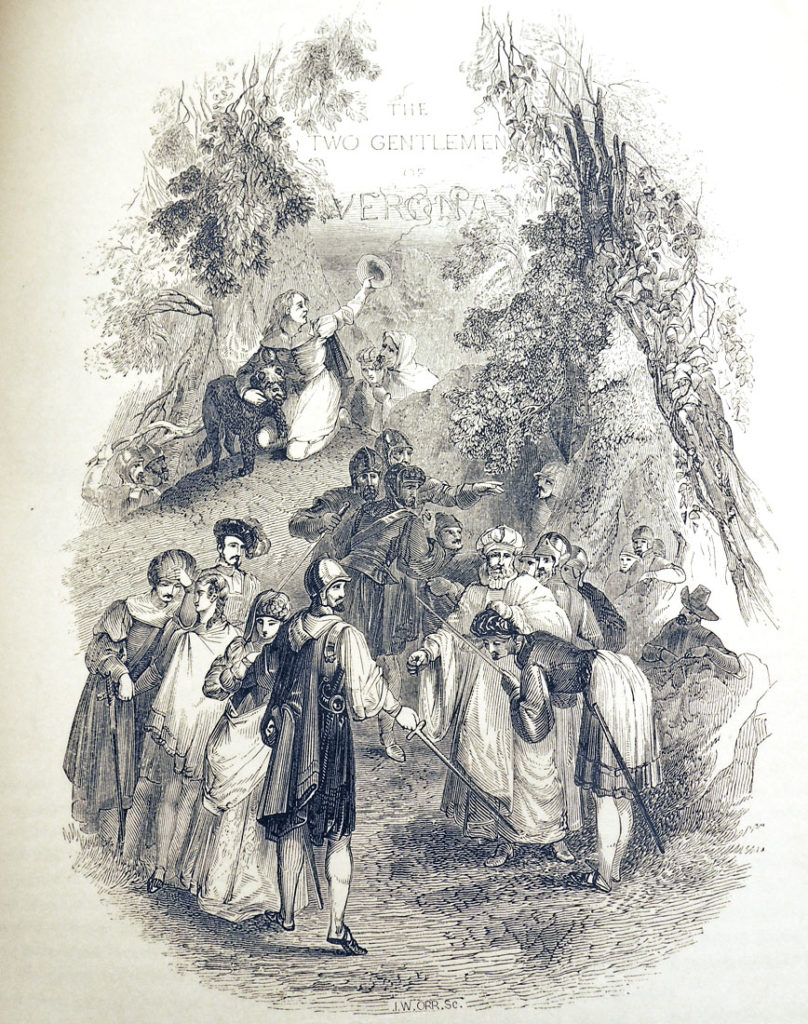
William Shakespeare (1564-1616), Shakespeare’s Plays. With his life. Illustrated with many hundred wood-cuts, executed by H.W. Hewet, [and Nathaniel and John Orr], after designs by Kenny Meadows, Harvey, and others. Ed. by Gulian C. Verplanck, LL. D. (New York: Harper & brothers, 1847). RECAP 3925.1847
Letters by Nathaniel Orr in Orr Family Papers, Special and Area Studies Collections, George A. Smathers Libraries, University of Florida, Gainesville, Florida.

